Inbox and Environment News: Issue 466
September 13 - 19, 2020: Issue 466
Time of Ngoonungi
The Time of Ngoonungi - Murrai'yunggory — cool, getting warmer (September-October) in the D'harawal calendar of Indigenous Weather Knowledge begins this week. This is the time of the gathering of the flying foxes. A magical time of the year when the flying foxes gather in the darkening skies over D'harawal Lands. They come in from the north-east, the north, the north-west and the west, and swirl over the Sydney area in a wonderful, sky-dancing display just after sunset, before setting off for the night-time feeding grounds to the south.
It is also a very important ceremonial time for the D'harawals, which begins with the appearance of the splashes of the bright red Miwa Gawaian (Telopea speciosissima - waratah) in the bushland.
Waratah (Telopea speciosissima) photo by Selena Griffith - Residents do not state where they have seen these glorious flowers as there are people who come to pick them and steal them for profit. Native plants are protected in New South Wales by the Biodiversity Conservation Act 2016 (BC Act). Under the BC Act it is an offence to pick, possess, buy or sell native plants listed in the Act for commercial purposes without a licence.
Visit: A Bunch Of Wildflowers: Historical Spring September Songs
The D'harawal Country and language area extends from the southern shores of Port Jackson (Sydney Harbour) to the northern shores of the Shoalhaven River, and from the eastern shores of the Wollondilly River system to the eastern seaboard.

Anger Over Destruction Of Pittwater Trees Grows
Residents have expressed anger this week over the continual destruction of trees in the Pittwater area. In one instance a block was cleared of 18 trees on Plateau road Bilgola Plateau, including two on the nature strip. Council had given permission for the removal of 18 trees as part of a DA in 2018, all of them mature trees such as the protected Angophora costata and endangered Spotted gums, however, the removal of one is currently under investigation as it appears it was on public land and not part of the DA's approvals.
There is a requirement attached to DA's where replacement trees are to be planted, however saplings cannot replace older and taller trees that were homes for local fauna and as Spring continues Wildlife Carers are finding more and more baby possums, birds and gliders coming into their Volunteer, paid for the special baby milk out of their own pockets, Care as a direct result of the destruction - some of these trees being cut down with the animals that live in them still in them while this is happening. No one has done a check to see if any wildlife is present and no one is on site when the tree is being killed to help any willdife injured or babies left behind by fleeing distressed mothers.

Photo by Margaret Woods, Sydney Wildlife

More babies brought into care this week - two of these as a direct result of tree-killers destroying their homes - photo supplied
An outcry over a similar razing at Bayview where whole blocks were cleared of every single tree, over 150 trees according to one witness, were razed in the region once well-known for being the Bayview koala sanctuary installed by Sir Hallstrom. These too were some of the old giants the area had as habitat trees for resident wildlife. Now cement driveways ready for developments is all that may be seen.
Another huge Angophora gum was witnessed being downed at the top of Elvina between Kevin and the park at Avalon. The company swore at one resident when that person asked them about - stating they had approval from council - and commented re: lack of habitat. The poor lady stranded in the street by the truck blocking the road was also abused.
Those who saw the truck carrying this HUGE trunk away around the Bilgola Bends have also expressed their disgust at the removal of these old large trees; especially since some of the endangered species here require old tree hollows to nest in. To be allowing this to occur during nesting season, during wildlife baby season, especially those species that are nocturnal, is 'absolutely unacceptable' residents state.
There is also a flow-on effect some residents are now experiencing. Pittwater is a hills and bays landscape and those who are midway down a hill are finding their own trees are dying due to the removal of those above their block and the subsequent run-off by water down these hills.
Residents state they want more accountability, including those stating they have permission to remove trees to produce that documentation on request, for what the community states are 'habitat trees' to be maintained instead of removed so they are safe as well as retained, and for post-DA inspections to be done long after the replacement 'sapling' has been installed to ensure these too are not removed.
More scrutiny of the effects on nearby residents trees, such as those downhill, is also called for so other trees and habitat patches are not lost as the result of DA approvals that allow the complete razing of sites.
The sounds of chainsaws on a daily basis is becoming too much for those who grew up with wildlife at their doorstep. Maintaining tree health through the removal of dead limbs or rotted trunks is a good practice to ensure the longevity of these species - their permanent removal for improved views, because they drop leaves, because they're in the way of inappropriate developments, is feeding a fast growing call from community members that they must be retained, along with the understorey beneath their canopies.
For more visit: Anger Over Destruction Of Pittwater Trees Grows

Kookaburra being hassled by miner birds tells them they're dreaming


Bush Turkey being hassled by miners takes off

Magpie wings - all photos taken in Pittwater Online office vicinity this week - because there's still TREES here!
Illegal Dumping At Warriewood Units Being Investigated

Watch Out On The Pittwater Estuary Water Zones & Beaches: Seals Are About
Residents have filmed and photographed the seals living at Barrenjoey as far south as Rowland Reserve and over at Clareville beach in recent days and ask that people keep an eye out for them and ensure they are kept safe from boat strikes and dogs are kept off the beaches they're not supposed to be on.


ORRCA Spring Migration Survey
With a successful northern migration complete, the whales are now slowing heading south from the warm tropical waters on their southern migration.
The ORRCA Research Team are super excited to start a new citizen science program in October with the aim of recording the Humpback mums with new calves as they make their way down our coastline on their journey back to Antarctica.
If you would like to join one of our research teams, simply become an ORRCA member via our website and email the team at orrcacensusday@gmail.com for more information.
No experience is necessary. Just a passion and some patience!
We would also open to additional locations if we have the volunteers to support it!

Council's Crown Reserve Land Categorisation: Seeking Your Input
Submissions Close Sunday October 4th, 2020
Council are proposing land categories for 35 Crown reserves as part of an obligation under the Crown Land Management (CLM) Act 2016. The CLM Act legislates that we are required to manage Crown land in the same manner as Community land, in accordance with the Local Government Act 1993.
This is an initial land categorisation process and only relates to current/existing use. It does not propose any change of use for the subject Crown reserves or indicate desired future use.
How to have your say
Council would like your thoughts on their proposed categorisation of these reserves.
To make commenting easier, they've presented the Proposed Crown Reserve Land Categories here in an interactive PDF document. You can also download the whole document here.
If you prefer, you can share your feedback in the submission form or via email council@northernbeaches.nsw.gov.au.
Feedback is also accepted in writing marked 'Crown reserve land categorisation' PO Box 82, Manly NSW 1655.
A few tips to get you started:
- Do you know of other factors impacting on the categorisation of a particular reserve?
- If you think another category would be more suitable, please let us know why.
- Any proposed variation to land categories must be justified in line with the category objectives.
Following this process, Council can then prepare new or updated Plans of Management (PoM) for the affected reserves. The relevant community engagement requirements and process will be followed at that time.
Background
In NSW, Crown land is administered by the Department of Planning, Industry and Environment in accordance with the Crown Land Management (CLM) Act 2016, which came into effect on 1 July 2018. Following an extensive review of how Crown land is managed, the CLM Act was passed in order to create a more simplified management structure.
The CLM Act requires Crown reserves managed by Council to be managed in line with the Local Government Act (LG) Act 1993 in the same manner as Council Community land. The transition requires the affected Crown reserves to be managed via a plan of management (PoM). The first step is to assign the appropriate land categories.
The transition to managing Crown reserves in accordance with the LG Act is to occur by June 30th 2021.
On June 23rd 2020 Council resolved to undertake community consultation on the proposed land categories. Comments will be reported back to Council with a recommendation, along with a summary of community feedback. The Minister will be notified of Council’s preferred categories and, following confirmation from the Minister, PoMs can be prepared.
Katandra Season 2020
Katandra Bushland Sanctuary on Lane Cove Rd Ingleside is now open every Sunday until October 25, 10am-4pm. Visitors to this lovely bushland have recently seen Powerful and Boobook Owls, Swamp Wallabies and Lyrebirds. Visitors, please make a small donation towards management of this Crown Land reserve. More details: http://www.katandra.org/home.htm

Several creeks flow down the escarpment - photo by Marita Macrae
The Forest Flora Of New South Wales: 1917
Bushcare In Pittwater
Where we work Which day What time
Avalon
Angophora Reserve 3rd Sunday 8:30 - 11:30am
Avalon Dunes 1st Sunday 8:30 - 11:30am
Avalon Golf Course 2nd Wednesday 3 - 5:30pm
Careel Creek 4th Saturday 8:30 - 11:30am
Toongari Reserve 3rd Saturday 9 - 12noon (8 - 11am in summer)
Bangalley Headland 2nd Sunday 9 to 12noon
Bayview
Winnererremy Bay 4th Sunday 9 to 12noon
Bilgola
North Bilgola Beach 3rd Monday 9 - 12noon
Algona Reserve 1st Saturday 9 - 12noon
Plateau Park 1st Friday 8:30 - 11:30am
Church Point
Browns Bay Reserve 1st Tuesday 9 - 12noon
McCarrs Creek Reserve Contact Bushcare Officer To be confirmed
Clareville
Old Wharf Reserve 3rd Saturday 8 - 11am
Elanora
Kundibah Reserve 4th Sunday 8:30 - 11:30am
 Mona Vale
Mona Vale Mona Vale Beach Basin 1st Saturday 8 - 11am
Mona Vale Dunes 2nd Saturday +3rd Thursday 8:30 - 11:30am
Newport
Bungan Beach 4th Sunday 9 - 12noon
Crescent Reserve 3rd Sunday 9 - 12noon
North Newport Beach 4th Saturday 8:30 - 11:30am
Porter Reserve 2nd Saturday 8 - 11am
North Narrabeen
Irrawong Reserve 2nd Saturday 2 - 5pm
Palm Beach
North Palm Beach Dunes 3rd Saturday 9 - 12noon
Scotland Island
Catherine Park 2nd Sunday 10 - 12:30pm
Elizabeth Park 1st Saturday 9 - 12noon
Pathilda Reserve 3rd Saturday 9 - 12noon
Warriewood
Warriewood Wetlands 1st Sunday 8:30 - 11:30am
Whale Beach
Norma Park 1st Friday 9 - 12noon
Western Foreshores
Coopers Point, Elvina Bay 2nd Sunday 10 - 1pm
Rocky Point, Elvina Bay 1st Monday 9 - 12noon
Gardens And Environment Groups And Organisations In Pittwater
Tick Population Booming In Our Area
Residents from Terrey Hills and Belrose to Narrabeen and Palm Beach report a high number of ticks are still present in the landscape. Local Veterinarians are stating there has not been the usual break from ticks so far and each day they’re still getting cases, especially in treating family dogs.
To help protect yourself and your family, you should:
- Use a chemical repellent with DEET, permethrin or picaridin.
- Wear light-colored protective clothing.
- Tuck pant legs into socks.
- Avoid tick-infested areas.
- Check yourself, your children, and your pets daily for ticks and carefully remove any ticks using a freezing agent.
- If you have a reaction, contact your GP for advice.
Bushfire Rebuild To Be Exempt From Koala Policy
September 9, 2020: Rob Stokes, Minister for Planning and Public Spaces
The NSW Government is cutting red tape to help homeowners affected by the devastating 2019-20 bushfire season get back on their feet by allowing them to clear land and rebuild without doing koala habitat surveys.
Minister for Planning and Public Spaces Rob Stokes said the changes to the Koala SEPP have been shaped by feedback from councils and fire-affected local communities and were necessary to facilitate the safe and timely rebuilding and repair of homes.
“What those people went through was devastating and while protecting the habitat of our koalas is vital, we must make it easier for those who lost everything in last summer’s traumatic bushfires,” Mr Stokes said.
“What we have done is include a provision in the Koala SEPP to allow homeowners impacted by the bushfires to clear the land around where their home previously stood in order to rebuild more quickly.
“It’s the role of government to change things for the better when and where we can and there is a clear need to support these people right now. By allowing them to clear and develop their land without considering these requirements, it will save them much-needed money and time.”
The change is supported by a number of checks and balances to ensure development does not impact koalas, including requiring any rebuilding of homes destroyed by fire in the last five years to occur on the same site.
The amendment will enable an Asset Protection Zone to be created around the damaged or destroyed home and any clearing and development within this area will not need to consider the Koala SEPP, saving applicants time and money in the development application process.
“NSW has faced an unprecedented series of catastrophic events from flooding, bushfires to COVID-19. Our regional communities are doing it tough and we need to support them in any way we can.”
The Guidelines to the Koala SEPP were recently exhibited. The Department of Planning, Industry and Environment is now carefully reviewing the 2,200 submissions made. The draft will be revised taking into account issues raised in submissions.
These Aussie teens have launched a landmark climate case against the government. Win or lose, it'll make a difference
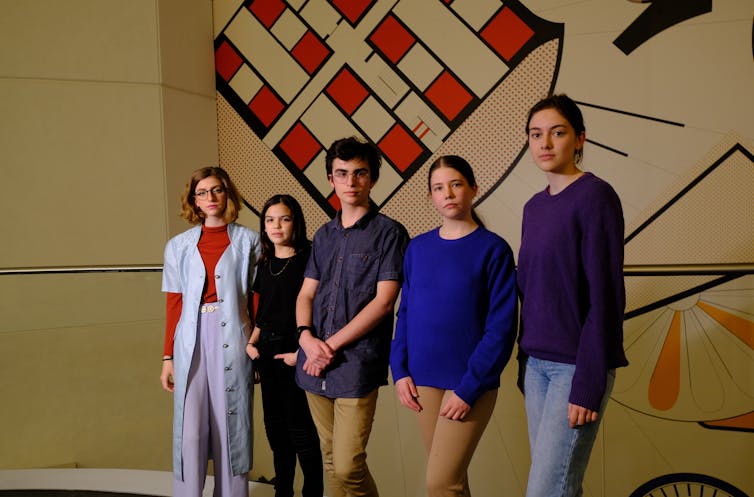
On Tuesday, eight young Australians aged 13-17 filed a class action seeking an injunction to prevent federal Environment Minister Sussan Ley approving a new coal project expansion.
They are bringing their case to the Federal Court. They argue if Whitehaven’s Vickery coal mine expansion in New South Wales is approved, it will contribute to climate change which endangers their future.
Saying the environment minister owes the young plaintiffs a duty of care is a novel approach. In their view, signing off on a new coal project will breach that duty. Such an approach to a climate change case has not been tested before in Australia, and would chart new territory if successful.
Although a legal victory would appear difficult on these grounds, the implications of this case are already significant. They show young people, determined to fight for action on climate, will continue to find new ways to hold powerful people to account.
What Is The Case About?
The case concerns a proposal to construct an open-cut coal mine, about 25 kilometres north of the NSW town of Gunnedah. It’s an extension project, meaning it will expand a mine that has already been approved, increasing its coal production by about 25%, and emissions by 100 million tonnes of greenhouse gases over the life of the project. The coal would be exported.
Like many mining proposals, this one has been divisive. Farmers worry about competing for water, and the local community has expressed concern over the environmental record of the coal company.
Yet in August, the NSW Independent Planning Commission approved the proposal, finding the expansion is in the public interest, given the forecast jobs and revenue. It has not yet received federal approval.
What Are The Teenagers Arguing?
The young plaintiffs are not bringing their case under environmental law, which would be the traditional way to launch a legal challenge objecting to a coal mine.
Environmental law invites government decision-makers to balance competing concerns — such as economic benefits versus environmental impact — with no clear stipulation as to how much weight to give each relevant factor.
There is limited recourse to argue a decision is wrong because the positive and negative impacts were not given particular priority by a minister. This means decision-making on major projects is largely within the political realm.
Instead, the plaintiffs are arguing the environment minister shouldn’t approve the coal proposal because doing so would breach a duty of care owed by the minister to protect them from the harmful impacts of climate change. This includes more frequent extreme weather events, and destruction of the natural systems that support human life.
The case has parallels with a landmark Dutch case, where it was successfully argued in 2019 that the Dutch Government breached its duty of care to its citizens through inadequate action on climate change.
For the Australian case to succeed, the Court will first need to consider whether a duty of care exists in Australian law. There is no statutory duty (under laws created by the parliament), so the Court would need to “find” the duty as existing in common law.
Then, the plaintiffs would need to establish that the duty would be breached by the environment minister signing off on the coal project.
Will It Succeed?
Establishing both these things is likely to be very difficult in our legal context. From past cases, we know Australian courts have been reluctant to find a causal link between climate change and individual projects, even large mines. However, this link was found in a NSW case last year.
The court is likely to look closely at the particular relationship between the minister and the vulnerable young people, who will be strongly impacted by climate change but have no voting rights. It will consider whether they represent a particular class of individuals, in relation to which the minister has a responsibility.
One of the plaintiffs’ lawyers recently highlighted a case that potentially paves the way to support this idea. In 2016, the Federal Court found the immigration minister Peter Dutton owed a duty of care to a vulnerable refugee with a history of trauma, who was detained on Nauru.
One thing in the current case’s favour is that, similar to the Dutch case, the plaintiffs are not seeking monetary compensation. If they were, the difficulty for the courts to determine what future obligation the government might have to pay out young people would, almost undoubtedly, prohibit success.
What’s also interesting about this case, unlike the Dutch case or the famous Juliana case that was recently quashed in the US, is that it’s not asking the government for broad-scale policy action on climate change. It’s only concerned with one coal mine approval. This is a more straightforward remedy which a court could be more willing to grant.
Beating The Odds
If the case successfully established a duty and that it was breached, this would open up the possibility future coal approval decisions would also breach the duty — somewhat of a Pandora’s box.
Although we will have to wait and see what the Court says, the suit will draw attention to the government’s climate policies, whether or not it succeeds.
If the case succeeds, it might compel the government to stop approving any coal mines that would significantly contribute to climate change. If it doesn’t, it will remind us that it’s up to the government to respond to the threats climate change poses, rather than the courts.
Either way, the teenagers in this case are part of a growing number of people willing to find creative avenues to pursue action, even if it means taking a long shot. And beating the odds is exactly how the law tends to evolve.
Read more: Be worried when fossil fuel lobbyists support current environmental laws ![]()
Laura Schuijers, Research Fellow in Environmental Law, University of Melbourne
This article is republished from The Conversation under a Creative Commons license. Read the original article.
Research reveals shocking detail on how Australia's environmental scientists are being silenced
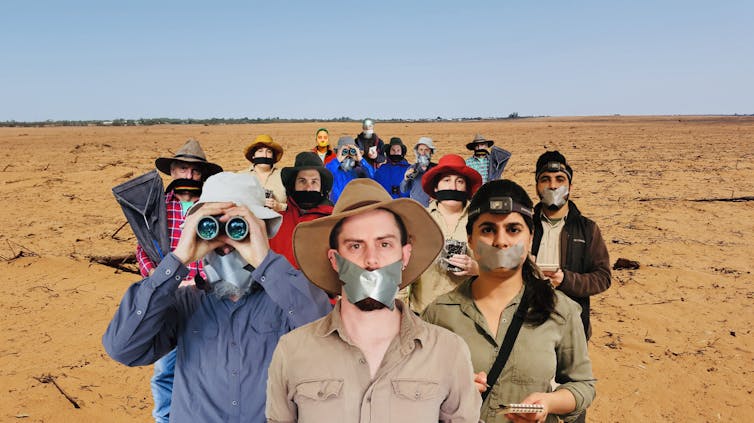
Ecologists and conservation experts in government, industry and universities are routinely constrained in communicating scientific evidence on threatened species, mining, logging and other threats to the environment, our new research has found.
Our study, just published, shows how important scientific information about environmental threats often does not reach the public or decision-makers, including government ministers.
In some cases, scientists self-censor information for fear of damaging their careers, losing funding or being misrepresented in the media. In others, senior managers or ministers’ officers prevented researchers from speaking truthfully on scientific matters.
This information blackout, termed “science suppression”, can hide environmentally damaging practices and policies from public scrutiny. The practice is detrimental to both nature and democracy.
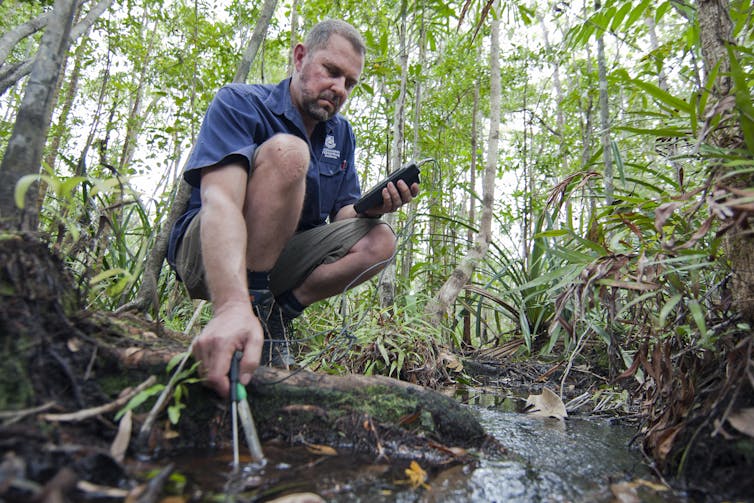
Code Of Silence
Our online survey ran from October 25, 2018, to February 11, 2019. Through advertising and other means, we targeted Australian ecologists, conservation scientists, conservation policy makers and environmental consultants. This included academics, government employees and scientists working for industry such as consultants and non-government organisations.
Some 220 people responded to the survey, comprising:
- 88 working in universities
- 79 working in local, state or federal government
- 47 working in industry, such as environmental consulting and environmental NGOs
- 6 who could not be classified.
In a series of multiple-choice and open-ended questions, we asked respondents about the prevalence and consequences of suppressing science communication.
About half (52%) of government respondents, 38% from industry and 9% from universities had been prohibited from communicating scientific information.
Communications via traditional (40%) and social (25%) media were most commonly prohibited across all workplaces. There were also instances of internal communications (15%), conference presentations (11%) and journal papers (5%) being prohibited.
‘Ministers Are Not Receiving Full Information’
Some 75% of respondents reported having refrained from making a contribution to public discussion when given the opportunity – most commonly in traditional media or social media. A small number of respondents self-censored conference presentations (9%) and peer-reviewed papers (7%).
Factors constraining commentary from government respondents included senior management (82%), workplace policy (72%), a minister’s office (63%) and middle management (62%).
Fear of barriers to advancement (49%) and concern about media misrepresentation (49%) also discouraged public communication by government respondents.
Almost 60% of government respondents and 36% of industry respondents reported unduly modified internal communications.
One government respondent said:
Due to ‘risk management’ in the public sector […] ministers are not receiving full information and advice and/or this is being ‘massaged’ by advisors (sic).
University respondents, more than other workplaces, avoided public commentary out of fear of how they would be represented by the media (76%), fear of being drawn beyond their expertise (73%), stress (55%), fear that funding might be affected (53%) and uncertainty about their area of expertise (52%).
One university respondent said:
I proposed an article in The Conversation about the impacts of mining […] The uni I worked at didn’t like the idea as they received funding from (the mining company).
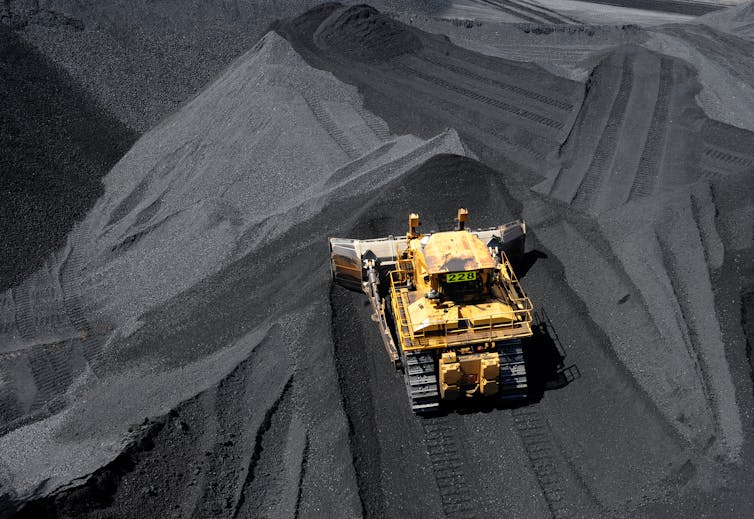
Critical Conservation Issues Suppressed
Information suppression was most common on the issue of threatened species. Around half of industry and government respondents, and 28% of university respondents, said their commentary on the topic was constrained.
Government respondents also reported being constrained in commenting on logging and climate change.
One government respondent said:
We are often forbidden (from) talking about the true impacts of, say, a threatening process […] especially if the government is doing little to mitigate the threat […] In this way the public often remains ‘in the dark’ about the true state and trends of many species.
University respondents were most commonly constrained in talking about feral animals. A university respondent said:
By being blocked from reporting on the dodgy dealings of my university with regards to my research and its outcomes I feel like I’m not doing my job properly. The university actively avoids any mention of my study species or project due to vested financial interests in some key habitat.
Industry respondents, more than those from other sectors, were constrained in commenting on the impacts of mining, urban development and native vegetation clearing. One industry respondent said:
A project […] clearly had unacceptable impacts on a critically endangered species […] the approvals process ignored these impacts […] Not being able to speak out meant that no one in the process was willing or able to advocate for conservation or make the public aware of the problem.
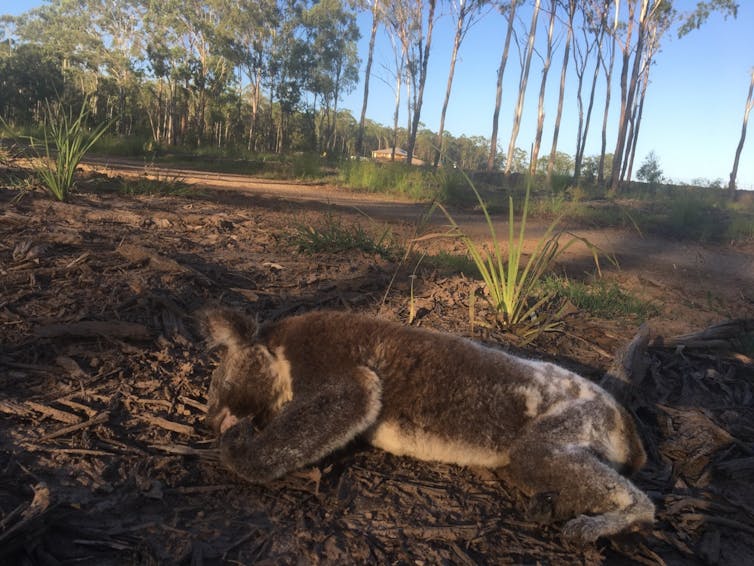
The System Is Broken
Of those respondents who had communicated information publicly, 42% had been harassed or criticised for doing so. Of those, 83% believed the harassers were motivated by political or economic interests.
Some 77 respondents answered a question on whether they had suffered personal consequences as a result of suppressing information. Of these, 18% said they had suffered mental health effects. And 21% reported increased job insecurity, damage to their career, job loss, or had left the field.
One respondent said:
I declared the (action) unsafe to proceed. I was overruled and properties and assets were impacted. I was told to be silent or never have a job again.
Another said:
As a consultant working for companies that damage the environment, you have to believe you are having a positive impact, but after years of observing how broken the system is, not being legally able to speak out becomes harder to deal with.
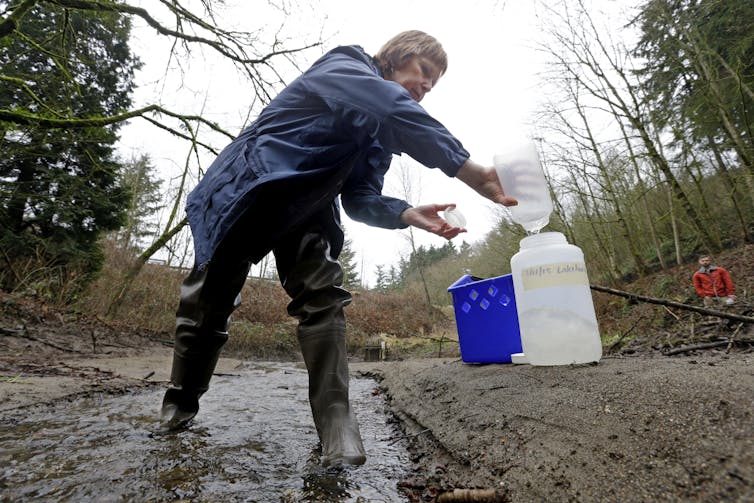
Change Is Needed
We acknowledge that we receive grants involving contracts that restrict our academic freedom. And some of us self-censor to avoid risks to grants from government, resulting in personal moral conflict and a less informed public. When starting this research project, one of our colleagues declined to contribute for fear of losing funding and risking employment.
But Australia faces many complex and demanding environmental problems. It’s essential that scientists are free to communicate their knowledge on these issues.
Read more: Conservation scientists are grieving after the bushfires -- but we must not give up
Public servant codes of conduct should be revised to allow government scientists to speak freely about their research in both a public and private capacity. And government scientists and other staff should report to new, independent state and federal environment authorities, to minimise political and industry interference.
A free flow of information ensures government policy is backed by the best science. Conservation dollars would be more wisely invested, costly mistakes avoided and interventions more effectively targeted.
And importantly, it would help ensure the public is properly informed – a fundamental tenet of a flourishing democracy.![]()
Don Driscoll, Professor in Terrestrial Ecology, Deakin University; Bob Pressey, Professor and Program Leader, Conservation Planning, ARC Centre of Excellence for Coral Reef Studies, James Cook University; Euan Ritchie, Associate Professor in Wildlife Ecology and Conservation, Centre for Integrative Ecology, School of Life & Environmental Sciences, Deakin University, and Noel D Preece, Adjunct Asssociate Professor, James Cook University
This article is republished from The Conversation under a Creative Commons license. Read the original article.
Photos from the field: capturing the grandeur and heartbreak of Tasmania's giant trees
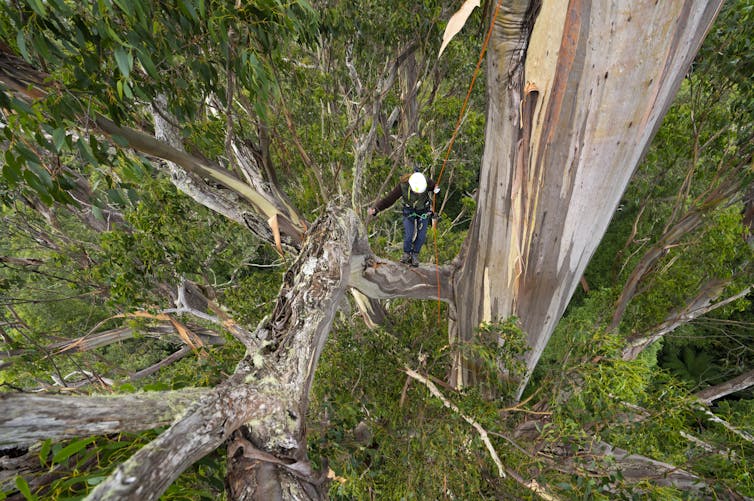
Environmental scientists see flora, fauna and phenomena the rest of us rarely do. In this new series, we’ve invited them to share their unique photos from the field.
Tasmania’s native forests are home to some of the tallest, most beautiful trees in the world. They provide a habitat for many species, from black cockatoos and masked owls to the critically endangered swift parrot.
But these old, giant trees are being logged at alarming rates, despite their enormous ecological and heritage value (and untapped tourism potential). Many were also destroyed in Tasmania’s early 2019 fires.
Read more: Comic explainer: forest giants house thousands of animals (so why do we keep cutting them down?)
Former Greens leader Bob Brown recently launched a legal challenge to Tasmania’s native forest logging. And this year, Forestry Watch, a small group of citizen scientists, found five giant trees measuring more than five metres in diameter inside logging coupes. “Coupes” are areas of forest chopped down in one logging operation.
These trees are too important to be destroyed in the name of the forestry industry. This is why my husband Steve Pearce and I climb, explore and photograph these trees: to raise awareness and foster appreciation for the forests and their magnificent giants.
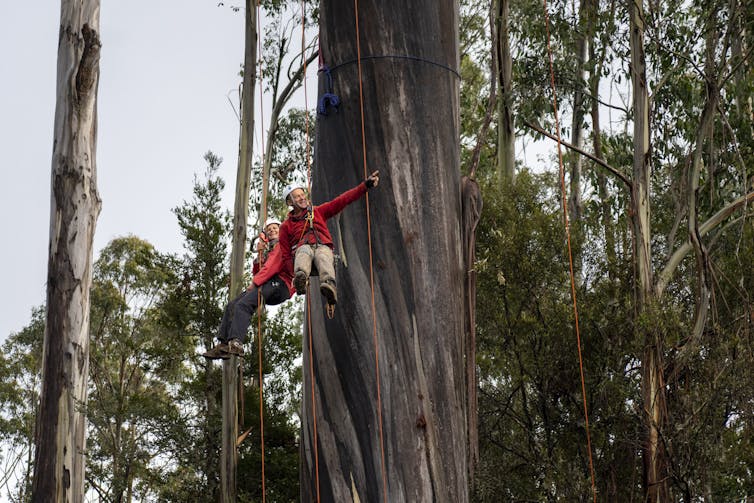
What Makes These Trees So Special?
Eualypytus regnans, known more commonly as Mountain Ash or Swamp Gum, can grow to 100 metres tall and live for more than 500 years. For a long time this species held the record as the tallest flowering tree. But last year, a 100.8 m tall Yellow Meranti (Shorea faguetiana) in Borneo, claimed the title — surpassing our tallest Eucalypt, named Centrioun, by a mere 30 centimetres.
Centrioun still holds the record as the tallest tree in the southern hemisphere. But five species of Eucalypt also grow above 85 m tall, with many ranking among some of the tallest trees in the world.
It’s not only their height that make these trees special, they’re also the most carbon dense forests in the world, with a single hectare storing more than 1,867 tonnes of carbon.
Read more: Money can't buy me love, but you can put a price on a tree
Our giant trees and old growth forests provide a myriad of ecological services such as water supply, climate abatement and habitat for threatened species. A 2017 study from the Central Highlands forests in Victoria has shown they’re worth A$310 million for water supply, A$260 million for tourism and A$49 million for carbon storage.
This significantly dwarfs the A$12 million comparison for native forest timber production in the region.
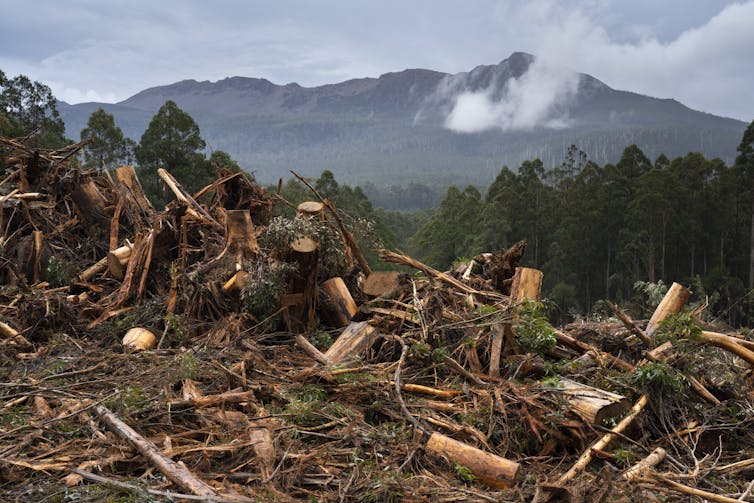
Tasmania’s Big Tree Register
Logging organisation Sustainable Timber Tasmania’s giant tree policy recognises the national and international significance of giant trees. To qualify for protection, trees must be at least 85 m tall or at least an estimated 280 cubic metres in stem volume.
While it’s a good place to start, this policy fails to consider the next generation of big, or truly exceptional trees that don’t quite reach these lofty heights.
That’s why we’ve created Tasmania’s Big Tree Register, an open-source public record of the location and measurements of more than 200 trees to help adventurers and tree-admirers locate and experience these giants for themselves. And, we hope, to protect them.
Last month, three giant trees measuring more than 5 m in diameter were added to the register. But these newly discovered trees are located in coupe TN034G, which is scheduled to be logged this year.
Logging is a very poor economic use for our forests. Native forest logging in Tasmania has struggled to make a profit due to declining demand for non-Forest Stewardship Council certified timber, which Sustainable Timber Tasmania recently failed. In fact, Sustainable Timber Tasmania sustained an eye watering cash loss of A$454 million over 20 years from 1997 to 2017.
Read more: Summer bushfires: how are the plant and animal survivors 6 months on? We mapped their recovery
The following photos can help show why these trees, as one of the great wonders of the world, should be embraced as an important part of our environmental heritage, not turned to wood chips.

It’s not often you get to see the entirety of a tree in a single photo. This tree above is named Gandalf’s Staff and is a Eucalyptus regnans, measuring 84 m tall.
While Mountain Ash is the tallest species, others in Tasmania’s forests are also breathtakingly huge, such as the Tasmanian blue gum (Eucalyptus globulus) at 92 m, Manna gum (Eucalyptus viminalis) at 91 m, Alpine ash (Eucalyptus delegatensis) at 88 m and the Messmate Stringybark (Eucalyptus obliqua) at 86 m.
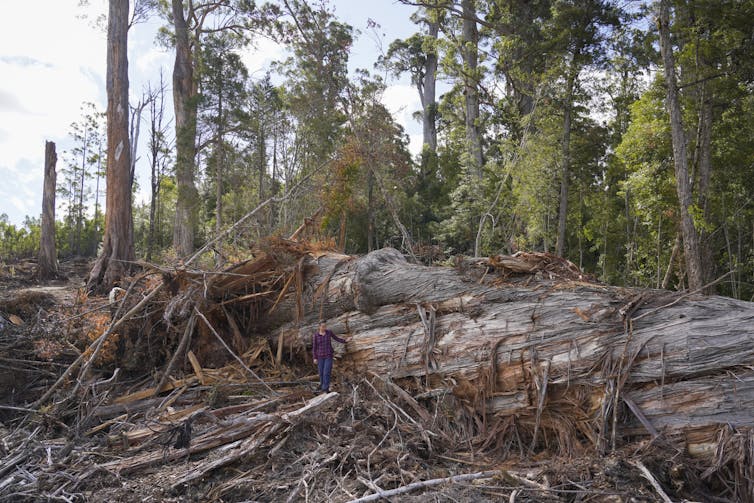
This giant tree, pictured above, was a Messmate Stringybark that was felled in coupe, but was left behind for unknown reasons. Its diameter is 4.4 metres. Other giant trees like this were cut down in this coupe, many of which provided excellent nesting habitat for the critically endangered swift parrot.
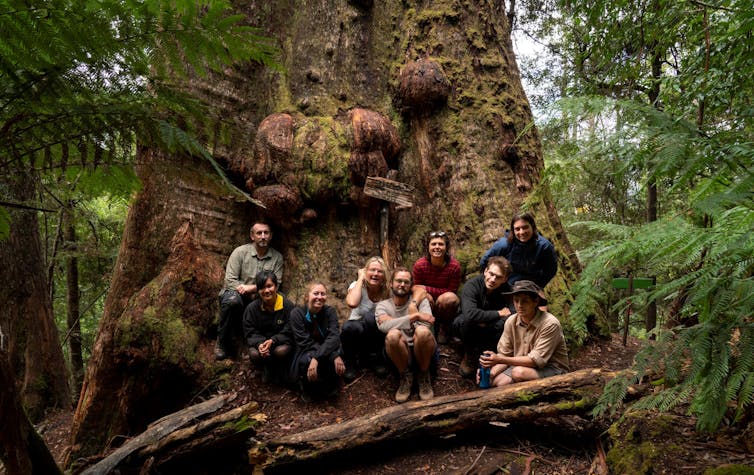
Old-growth forests dominated by giant trees are excellent at storing large amounts of carbon. Large trees continue to grow over their lifetime and absorb more carbon than younger trees.

The tree in the photo above is called Obolus, from Greek mythology, with a diameter of 5.1 m. Names are generally given to trees by the person who first records them, and usually reflect the characteristics of the tree or tie in with certain themes.
For example, several trees in a valley are all named after Lord of the Rings characters, such as Gandalf’s Staff (pictured above), Fangorn and Morannon.
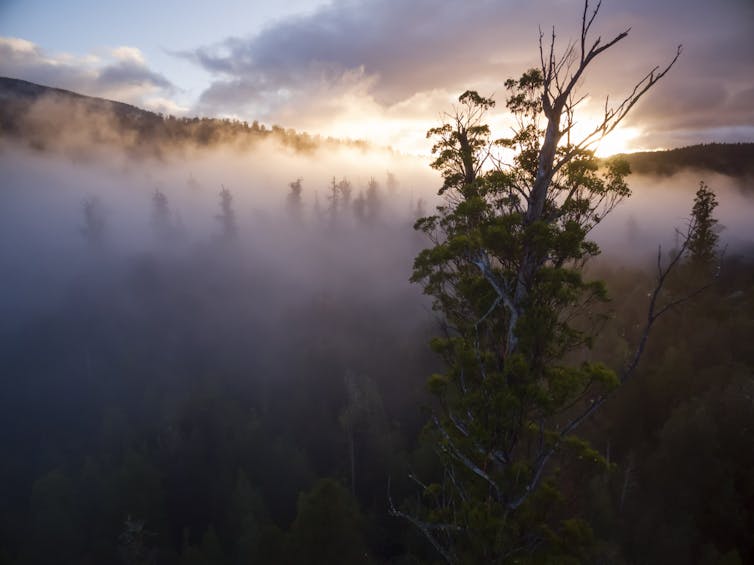
Giant trees are typically associated with Californian Redwoods or the Giant Sequoias in the US, where tall tree tourism is huge industry. The estimated revenue in 2012 from just four Coastal Redwood reserves is A$58 million dollars per year, providing more than 500 jobs to the local communities.
Few Australians are aware of our own impressive trees. We could easily boost tourism to regional communities in Tasmania if the money was invested into tall tree infrastructure.![]()
Jennifer Sanger, Research Associate, University of Tasmania
This article is republished from The Conversation under a Creative Commons license. Read the original article.
The NSW koala wars showed one thing: the Nationals appear ill-equipped to help rural Australia

This morning, NSW Nationals leader John Barilaro capitulated on a threat to tear apart the state government over new koala protections. For now, the government remains intact. However the Nats’ campaign to loosen environmental protections that affect farmers will continue to destabilise the Coalition in the longer term.
The dramatic events of the past 24 hours have cast doubt on whether such a blustering, short-sighted political party has what it takes to lead rural Australia. The NSW Nationals have been entrusted with seven ministerial portfolios – from agriculture to trade and early childhood. But they were willing to throw it away over the fine print of a single planning policy.
There’s no doubt many people in the bush, including farmers, are doing it tough. And many farmers feel environmental protections are hurting their livelihood.
But it’s in everyone’s interests – including farmers’ – to ensure our environment stays healthy. And the extreme summer bushfires shone new light on how close we are to losing vulnerable species such as koalas. It’s hard to understand what the National Party thought it had to gain from this damaging display of brinkmanship.
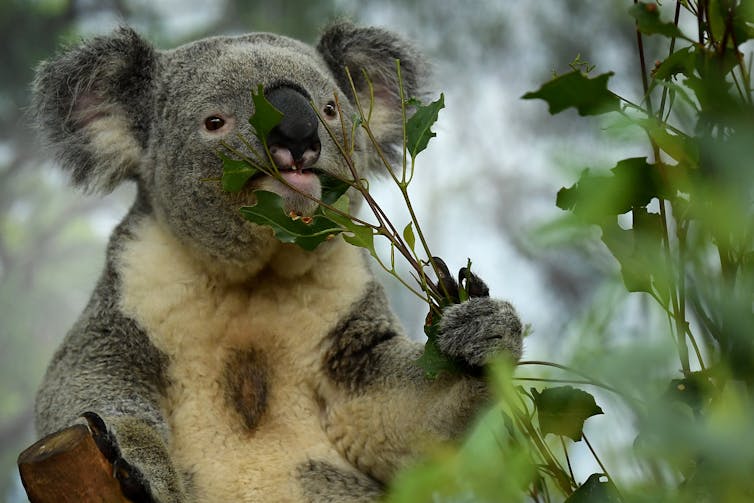
A Long History Of Tension
Nationals MPs had been demanding the government change a state environmental planning policy that aims to make it easier to identify and protect koala habitat. The policy changed the way koala habitat is identified by increasing the number of protected tree species from ten to 65.
Barilaro branded the change a “land lockup policy”. He described the number of protected tree species as “excessive” and said farmers would be forced to conduct time-consuming and expensive surveys before any new development or farming on their land.
Read more: Farmers, murder and the media: getting to the bottom of the city-country divide
NSW Liberal Planning Minister Rob Stokes rejected Barilaro’s claims that farmers can’t build a feed shed or a driveway without a koala study, and that noxious weeds are listed as core koala habitat.
Development pressures on the NSW north coast have likely fuelled this latest stoush. There, a move to different, more lucrative crops such as blueberries and the demand by “sea-changers” for residential real estate is prompting agricultural land to be sub-divided and sold. The new koala rules might slow this down.

Land clearing policy has always been a flashpoint for conflict in regional and rural NSW. Tensions tragically came to a head in 2014 when environment compliance officer Glen Turner was murdered by a disgruntled landholder found guilty of breaking native vegetation laws. In the days afterwards, rural politicians said Turner’s death was “brought about by bad legislation” on land clearing.
Since then the NSW government has relaxed native vegetation laws. As a result, land clearing in the state has risen almost 60%, according to government data.
And in August last year the government announced it would no longer investigate or prosecute those who cleared land illegally under the old laws.

The City-Bush Divide
The issue of environmental protection plays into a historical city-country divide that has long been an easy wedge for rural politicians.
This tension came to the fore over the koalas issue. Clarence MP Chris Gulaptis said this week:
I was elected to Parliament to represent my community and I get really annoyed when city-centric people preach to us, especially when people in Sydney have done nothing for their koalas.
But it’s worth remembering northwest NSW has some of the highest land clearing rates in the world. It has been identified as a deforestation hotspot, on par with Brazil and the palm oil plantations of Indonesia.
And environmental degradation is not just a concern for city people. Biodiversity underpins our agricultural systems; insects, birds and soil microbes all contribute to food security and regional prosperity.
Separately and just as importantly, in all this talk of what regional communities want, the National Party is virtually silent on the views of Indigenous Australians.

Farmers Have Bigger Problems Than Koalas
Barilaro and his MPs suggested the amendment was the final “nail in the coffin” of rural and regional Australia. But the fact is, the rapidly dwindling NSW koala population already has one foot in the grave.
A recent NSW inquiry predicted the extinction of the species by 2050 unless protections and rehabilitation efforts were radically ramped up. And a World Wildlife Fund report this week found a 71% decline in koala numbers across bushfire-affected areas of northern NSW.
Koala protections are far from being the biggest threats to rural prosperity. Escalating tensions with China have led to recent bans on barley and beef. The rural community has been hit hard by the extreme drought, and there is growing discontent with the mismanagement of water in the Murray Darling Basin.
Read more: Australia's farmers want more climate action – and they’re starting in their own (huge) backyards
What’s more, recent expansion of gas exploration and development in the state’s northwest has left locals worried about water contamination and over-extraction.
There is no doubt life in regional and rural Australia is different to the life lived in the city. In some areas there are poor internet connections, worse roads and great distances to travel for basic health services.
But these problems, like land clearing, are complex. And it seems the NSW Nationals are ill-equipped to deal with these challenges. This week’s display suggests the party only deals in wedge politics and blunt solutions – and with that approach, we all stand to lose.![]()
Tanya M Howard, Senior Research Fellow, University of New England
This article is republished from The Conversation under a Creative Commons license. Read the original article.
Australian Government Commits To 10-Year Threatened Species Strategy
September 7, 2020
The Federal Government will develop a new 10-year strategy to protect Australia’s threatened species, one that will draw heavily on Commonwealth led research following this year’s bushfires and which is expected to include a significant focus on the catastrophic threats from feral pests and predators.
Minister for the Environment Sussan Ley said that consultation on the new strategy will commence in October, as the Morrison Government continues its $200 million investment into bushfire wildlife and habitat recovery and its ongoing $200 million investment into threatened species projects under the National Landcare Program and Environment Restoration Fund.
The Government is committed to the recovery of threatened species, through a national strategy delivering practical on ground action and the development of new science-based tools and technology.
“Over the coming months we will work with scientists, land managers, traditional owners, farmers, local and state governments, communities and environmental groups on designing high-level strategies by the end of the year,” Minister Ley said.
“The bushfires produced a remarkable coming together of environmental groups and governments on these issues - we need to build on this collaboration to give our native species the chance to thrive in the future.
“We face an enormous challenge in addressing threats to our native animals and plants. From the cute and cuddly ones we all know, to others such as the smoky mouse, the green carpenter bee and the matchstick banksia.
“The cumulative impacts of introduced species over two centuries of European settlement, our changed land use and our changing climate are all taking a toll. Feral cats alone are killing close to six million animals every day.
“Threatened species are not just in the bush, they are in our backyards, they are in our parks and we all have a role to play in protecting them.
“This new strategy will build on the first ever Commonwealth Threatened Species Strategy and our work in the National Environmental Science Program (NESP), which has included significant scientific advances in eDNA and other technologies that can support more effective management and monitoring to protect our threatened species.
“NESP has shown we can use eDNA to detect endangered species like the Gouldian Finch, or even the presence of a single cane toad, by collecting a cupful of water.
“Our investment in new tools such as the Curiosity® bait and the Felixer Grooming Trap means we have new ways to tackle the impact of feral cats in the wake of the devastating bushfires. We need to continue to explore how new technologies, whether it be thermal imaging to detect hard to spot predators or new biocontrol and genetic technologies, can help us in our fight against extinction.”
More information on the strategy and the ways people can engage will be available on the Department of Agriculture, Water and the Environment website in coming weeks.
Nominations Open For Australian Biosecurity Awards
The search is on for the next round of biosecurity champions, with nominations now open for round two of the 2020 Australian Biosecurity Awards (ABAs).
Head of biosecurity, Andrew Tongue, said round two included new categories that demonstrate the diversity of biosecurity and the different roles we can all play.
“Australia has faced some tough challenges this year, but maintaining the nation’s biosecurity system has remained a priority,” Mr Tongue said.
“Our biosecurity system strengthens our country’s long-term resilience by safeguarding our economy, food sources, unique environment and way of life.
“It is important to recognise individuals and groups who support our biosecurity and are committed to safeguarding Australia from pests and diseases.
“It is a shared responsibility and we all have a role to play.
“We will be presenting four new award categories for round two—Environmental Biosecurity, Community, Education and the Dr Kim Ritman Award for Science and Innovation.
“The Dr Kim Ritman Award for Science and Innovation was created in honour of Dr Kim Ritman’s contributions as Australia’s Chief Plant Protection Officer.
“The new categories recognise a wider range of stakeholders and the diverse parts of our biosecurity system, as well as emphasise the importance of biosecurity education.
“If you know a group, individual or organisation that deserves to be recognised for their biosecurity work, nominate them today.”
The first round of 2020 ABAs were presented in March, with a range of winners from industry and government.
Round two of the ABAs will be presented at the National Biosecurity Forum in November.
Nominations close on Friday, October 2nd, 2020.
For more information and to put in a nomination, visit agriculture.gov.au/aba.
$10 Million In Grants For Smart Recycling Solutions
August 20, 2020
The Federal Government is further investing in research that will transform Australia’s waste recycling industry to improve the environment, grow the economy and create new jobs.
$10 million will be made available in the latest round of the Cooperative Research Centres Projects (CRC-P) grants program for projects that provide innovative solutions for the recycling and reuse of plastics, paper, glass and tyres.
Launching Round 10 today, Minister for Industry, Science and Technology Karen Andrews said this funding builds on the $20 million the Government invested in Round 8 to find smart solutions to managing Australia’s waste crisis.
“Recycling our waste is more than an environmental imperative, it presents an opportunity for us to grow the economy and create new jobs,” Minister Andrews said.
“This funding will help advance – and more importantly commercialise – new waste processing technologies.
“By bringing industry together with researchers we can develop solutions to environmental problems while creating products and processes that can be used here at home and potentially be exported to the world.”
Minister for the Environment Sussan Ley said the research grants would play a key role in a $1 billion transformation of the waste industry, one that will contribute to a cleaner environment and thousands of new jobs.
“We are driving unprecedented investments in recycling infrastructure,” Minister Ley said.
“Ideas that open up new processes and new markets for recycled products are going to be critical as we change the way we recycle materials for infrastructure, packaging and consumer products.
“Whether it is waste glass replacing virgin sand in concrete sound walls or waste plastic replacing virgin polymers in asphalt we are already seeing new technologies emerge and with support such as this Australia can play a lead role in reducing the pressure on the earth’s resources.”
The funding is part of the Australian Government’s commitment to establish a timetable with the states and territories to ban the export of plastics, paper, glass and tyres. The ban will be phased in, starting with glass on 1 January 2021.
Projects that involve other problem materials, such as building waste, will also be eligible for funding in Round 10.
CRC-Ps can run for up to three years, with grants capped at $3 million. They must have at least two Australian industry partners, including one small or medium sized business.
Close date: October 1, 2020 05:00 PM AEST.
Further information on the CRC-Ps is available at http://www.business.gov.au/crc-p
Reef 2050 Long-Term Sustainability Plan Review
 The Australian and Queensland governments are reviewing the Reef 2050 Long-Term Sustainability Plan, also known as the Reef 2050 Plan. This plan is Australia’s long-term strategy to protect and manage the Great Barrier Reef.
The Australian and Queensland governments are reviewing the Reef 2050 Long-Term Sustainability Plan, also known as the Reef 2050 Plan. This plan is Australia’s long-term strategy to protect and manage the Great Barrier Reef.
The plan sets clear actions, management goals, objectives and outcomes. These drive and guide the short, medium and long-term management of the reef.
The review and drafting of the updated Plan is being conducted by:
- Australian Government Department of Agriculture, Water and the Environment
- Great Barrier Reef Marine Park Authority
- Queensland Government Office of the Great Barrier Reef.
Scope of the review
The 2020 Review is the plan’s first 5-yearly review. The Federal Government would like to hear your thoughts on the:
- outcomes, objectives and management goals of the plan
- priority work areas
- strategic actions that deliver outcomes for the Reef.
The Government are seeking your views on the updated Reef 2050 Plan to ensure it contains the right priorities and actions to support the health and resilience of the Great Barrier Reef.
Share your feedback
You can now provide feedback. Your input will help us update the plan.
To have your say:
- read the Reef 2050 Long-Term Sustainability Plan Public Consultation Draft
- read the Reef 2050 Objectives and Management Goals
- read the fact sheet
- take the survey now
Submit your feedback by 11.59pm AEST Wednesday 30 September 2020.
Doodle Comer Swamp Nature Reserve Draft Plan Of Management: Public Consultation
The Doodle Comer Swamp Nature Reserve Draft Plan of Management is available for review and comment.
Public exhibition of the draft plan provides an important opportunity for members of the community to have a say in the future management of Doodle Comer Swamp Nature Reserve. Comments close 28 September 2020.
This plan has been prepared using a new format and presented as 2 separate documents:
- The plan of management which is the 'legal' document that will be provided to the Minister for formal adoption. This is the document we are seeking your feedback on.
- The planning considerations document supports the plan of management. It includes detailed information on park values (e.g. threatened species and cultural heritage) and threats to these values. A summary of this information is in the plan of management.
Doodle Comer Swamp Nature Reserve encompasses about half of the Doodle Comer Swamp, an ephemeral wetland listed in the National Directory of Important Wetlands and the largest wetland of its type in southern NSW. The catchment for Doodle Comer Swamp is unregulated and the wetland has an unaltered water flow regime, now uncommon in New South Wales inland wetlands and of high conservation value.
When inundated, Doodle Comer Swamp attracts large numbers of waterbirds that use the swamp for breeding and foraging. When dry, the wetland provides habitat for the threatened bush stone-curlew, listed as endangered in New South Wales. Other threatened animals found include brolga and superb parrot. The reserve contains several threatened ecological communities such as Inland Grey Box Woodland and Sandhill Pine Woodland.
Doodle Comer Swamp is part of the Country of the Wiradjuri speaking nation and is part of a larger network of swamps and lagoons across the Riverina that formed a significant part of the cultural landscape, sustaining the Wiradjuri with an extensive range of resources for thousands of years. A diverse range of Aboriginal sites exist in the reserve and surrounding area and in 2016 Doodle Comer was declared an Aboriginal place recognising these values and the wetland's special significance to Aboriginal culture.
What is a plan of management?
Parks and reserves established under the National Parks and Wildlife Act 1974 need to have a plan of management. The plan includes information on important park values and provides directions for future management. The plan of management is a legal document, and after the plan is adopted all operations and activities in the park must be in line with the plan. From time to time plans of management are amended to support changes to park management. Visit: Doodle Comer Swamp Nature Reserve Draft Plan of Management - PDF, 2.3MB
The National Parks and Wildlife Act sets out the matters that need to be considered when preparing a plan of management. These matters are addressed in the supporting Doodle Comer Swamp Nature Reserve Draft Plan of Management: Planning considerations document.
Why is a plan being prepared now?
Since the park`s reservation in 2011, it has been managed according to a statement of management intent. After a park's reservation and before the release of its plan of management, a statement of management intent is prepared outlining the management principles and priorities for the park's management. This statement documents the key values, threats and management directions for the park. It is not a statutory document and a plan of management will still need to be prepared according to the National Parks and Wildlife Act 1974.
Publication of a draft or final plan will replace the statement of management intent for the relevant parks covered.
What opportunities will the community have to comment?
The draft plan of management is on public exhibition until 28 September 2020 and anyone can review the plan of management and provide comments.
When will the plan of management be finalised?
At the end of the public exhibition period in September 2020 we will review all submissions, prepare a submissions report and make any necessary changes to the draft plan of management. The Far West Regional Advisory Committee and the National Parks and Wildlife Advisory Council will then review the plan along with the submissions and report, as required by the National Parks and Wildlife Act.
Once their input has been considered and any further changes made to the plan of management, we provide the plan to the Minister for Energy and Environment. The plan of management is finalised when the Minister formally adopts the plan under the National Parks and Wildlife Act. Once a plan is adopted it is published on the Department website and a public notice is advertised in the NSW Government Gazette.
How can I get more information about the draft plan?
For further information on the plan of management please contact the Park Management Planning Team at npws.parkplanning@environment.nsw.gov.au.
How can I comment on the draft plan?
Public exhibition for the plan of management is from 26 June 2020 until 28 September 2020. You are invited to comment on the draft plan by sending a written submission during this time.
Have your say
Public exhibition is from 26 June 2020 to 28 September 2020.
You can provide your written submission in any of the following ways:
Post your written submission to:
Manager Planning Evaluation and Assessment
Locked Bag 5022
Parramatta NSW 2124
Email your submission to: npws.parkplanning@environment.nsw.gov.au
Make a submission online by using the online form here
Tollingo Nature Reserve And Woggoon Nature Reserve Draft Plan Of Management: Public Consultation
The Tollingo Nature Reserve and Woggoon Nature Reserve Draft Plan of Management is available for review and comment.
Public exhibition of the draft plan provides an important opportunity for members of the community to have a say in the future management of Tollingo Nature Reserve and Woggoon Nature Reserve. Comments close 28 September 2020.
This plan has been prepared using a new format which is presented as two separate documents:
- The plan of management which is the legal document that will be provided to the Minister for formal adoption. This is the document we are seeking your feedback on.
- The planning considerations document supports the plan of management. It includes detailed information on park values (e.g. threatened species and cultural heritage) and threats to these values. A summary of this information is provided in the plan of management.
Tollingo Nature Reserve and Woggoon Nature Reserve are significant as two of the largest remaining mallee remnants in New South Wales. The largely intact old-age mallee vegetation is rare in the Central West, which is mostly used for agriculture. The reserves provide habitat for the endangered malleefowl and other native animals.
Tollingo Nature Reserve is shared Country for the Ngiyampaa and Wiradjuri people, while Woggoon Nature Reserve is within Wiradjuri traditional Country.
What is a plan of management?
Parks and reserves established under the National Parks and Wildlife Act 1974 need to have a plan of management. The plan includes information on important park values and provides directions for future management. The plan of management is a legal document, and after the plan is adopted all operations and activities in the park must be in line with the plan. From time to time plans of management are amended to support changes to park management.
The National Parks and Wildlife Act sets out the matters that need to be considered when preparing a plan of management. These matters are addressed in the supporting Tollingo Nature Reserve and Woggoon Nature Reserve Draft Planning Considerations document. This document may be updated from time to time, for example, to include new information on the values of the park (e.g. new threatened species), new management approaches (e.g. a new pest management technique) or new park programs. Visit Tollingo Nature Reserve and Woggoon Nature Reserve Draft Plan of Management - PDF 2.3MB
Why is a plan being prepared now?
This plan of management will replace the statement of management intent which was approved in 2014. Statements of management intent are non-statutory documents which summarise the key values and management directions for a park.
Since reservation in 1988 and 1974 respectively, Tollingo and Woggoon nature reserves have been managed according to a statement of management intent. After a park's reservation and before the release of its plan of management, a statement of management intent is prepared outlining the management principles and priorities for the park's management. This statement documents the key values, threats and management directions for the park. It is not a statutory document and a plan of management will still need to be prepared according to the National Parks and Wildlife Act 1974. Publication of a draft or final plan will replace the statements of management intent for the relevant parks covered.
What opportunities will the community have to comment?
The draft plan of management and planning considerations are on public exhibition until 28 September 2020 and anyone can provide comments.
When will the plan of management be finalised?
At the end of the public exhibition period in September 2020, National Parks and Wildlife Service (NPWS) will review all submissions, prepare a submissions report and make any necessary changes to the draft plan of management. The West Regional Advisory Committee and the National Parks and Wildlife Advisory Council will then review the plan along with the submissions and report, as required by the National Parks and Wildlife Act.
Once their input has been considered and any further changes made to the plan of management, we provide the plan to the Minister for Energy and Environment. The plan of management is finalised when the Minister adopts the plan under the National Parks and Wildlife Act. Once a plan is adopted it is published on the Department's website.
How can I get more information about the draft plan?
For further information on the plan of management please contact the NPWS Park Management Planning Team at npws.parkplanning@environment.nsw.gov.au
Where can I see a printed copy of the draft plan?
Hard copies are available for viewing at the following locations:
- National Parks and Wildlife Service (NPWS) office, Camp Street, Forbes
- Condobolin Library, 130 Bathurst Street, Condobolin
How can I comment on the draft plan?
Public exhibition for the plan of management is from 26 June until 28 September 2020. You are invited to comment on the draft plan by sending a written submission during this time.
Your privacy
Your submission will be provided to a number of statutory advisory bodies (including the relevant regional advisory committee and the National Parks and Wildlife Advisory Council). Your comments on the draft plan may include 'personal information'. the Department complies with the NSW Privacy and Personal Information Protection Act 1998 which regulates the collection, storage, access, amendment, use and disclosure of personal information. See our privacy webpage for details. Information that in some way identifies you may be gathered when you use our website or send us correspondence.
If an application to access information under the Government Information (Public Access) Act 2009 requests access to your submission, your views about release will be sought if you have indicated that you object to your submission being made public.
While all submissions count, they are most effective when we understand your ideas and the outcomes you want for park management. Some suggestions to help you write your submission are:
- Write clearly and be specific about the issues that are of concern to you.
- Note which part or section of the plan your comments relate to.
- Give reasoning in support of your points – this makes it easier for us to consider your ideas and will help avoid misinterpretation.
- Tell us specifically what you agree/disagree with and why you agree/disagree.
- Suggest solutions or alternatives to managing the issue if you can.
Have your say
Public exhibition is from 26 June 2020 to 28 September 2020.
You can provide your written submission in any of the following ways:
Post your written submission to:
Manager Planning Evaluation and Assessment
Locked Bag 5022
Parramatta NSW 2124
Email your submission to: npws.parkplanning@environment.nsw.gov.au
Make a submission online by using the online form here
Limeburners Creek National Park, Goolawah National Park And Goolawah Regional Park: Public Consultation
Planning for the future –NSW National Parks and Wildlife Service is preparing a new plan of management for Limeburners Creek National Park, Goolawah National Park and Goolawah Regional Park.
These parks are in the traditional Country of the Dunghutti and Birpai Aboriginal Peoples. The parks play a fundamental role in the lives of local Aboriginal people, helping to maintain a tangible link to the past and enabling continued connections to Country.
The existing plan of management for Limeburners Creek National Park was written in 1998. The areas that are now Goolawah National Park and Goolawah Regional Park were formerly Goolawah State Park and Crown land. Initial community consultation about the Goolawah parks was undertaken in 2012, soon after they were transferred to National Parks and Wildlife Service.
Since this time large new areas have been added to the parks, including the intertidal zone on some of the beaches. There has also been a steady increase in visitors, and new recreational uses have become popular. Information about the values of the park has improved and new approaches to managing fire, pests and weeds have been developed.
Accommodating all of these visitors, maintaining the unique visitor experience and protecting the environment is challenging. Good planning is essential to manage increasing demand and provide sustainable visitor facilities and opportunities while minimising impacts and retaining the natural and low key nature of this beautiful stretch of coast. The development of a new combined plan of management will help to protect the parks' unique values and improve the effectiveness of how we manage the parks.
What opportunities will the community have to contribute to the development of a new plan of management?
Previous consultation, including a community forum, identified a range of issues important to the local community which will be considered in the new plan. It is now time to reach out and reconnect with our neighbours, stakeholders and local communities, as well as extending the invitation to the wider community of park users.
There are now 2 opportunities to be involved in the development of the plan of management for Goolawah Regional Park and Goolawah and Limeburners Creek national parks:
- During the development of the draft plan - register your interest below to receive updates and be notified of further consultation dates. Complete the form to provide your ideas on what you believe are the most important values of the parks and how they should be managed in the future. Your input will be used to draft a plan that reflects community values and aspirations.
- During public exhibition of the draft plan - there will be another opportunity to have your say when the draft plan of management is completed and put on public exhibition for 90 days. Anyone can submit comments on the draft plan during this time.
Register your interest
Complete the online form here to register your interest, provide initial input and be notified of further consultation dates. Tell us what is important to you about the parks and what you would like to see in the future. Comments close 30 October 2020.

Limeburners Creek National Park, Goolawah National Park and Goolawah Regional Park engagement map Photo: DPIE
Echidna Season
Echidna season has begun. As cooler days approach, our beautiful echidnas are more active during the days as they come out to forage for food and find a mate. This sadly results in a HIGH number of vehicle hits.
What to do if you find an Echidna on the road?
- Safely remove the Echidna off the road (providing its safe to do so).
- Call Sydney Wildlife or WIRES
- Search the surrounding area for a puggle (baby echidna). The impact from a vehicle incident can cause a puggle to roll long distances from mum, so please search for these babies, they can look like a pinky-grey clump of clay
What to do if you find an echidna in your yard?
- Leave the Echidna alone, remove the threat (usually a family pet) and let the Echidna move away in it's own time. It will move along when it doesn't feel threatened.
If you find an injured echidna or one in an undesirable location, please call Sydney Wildlife on 9413 4300 for advice.
www.sydneywildlife.org.au
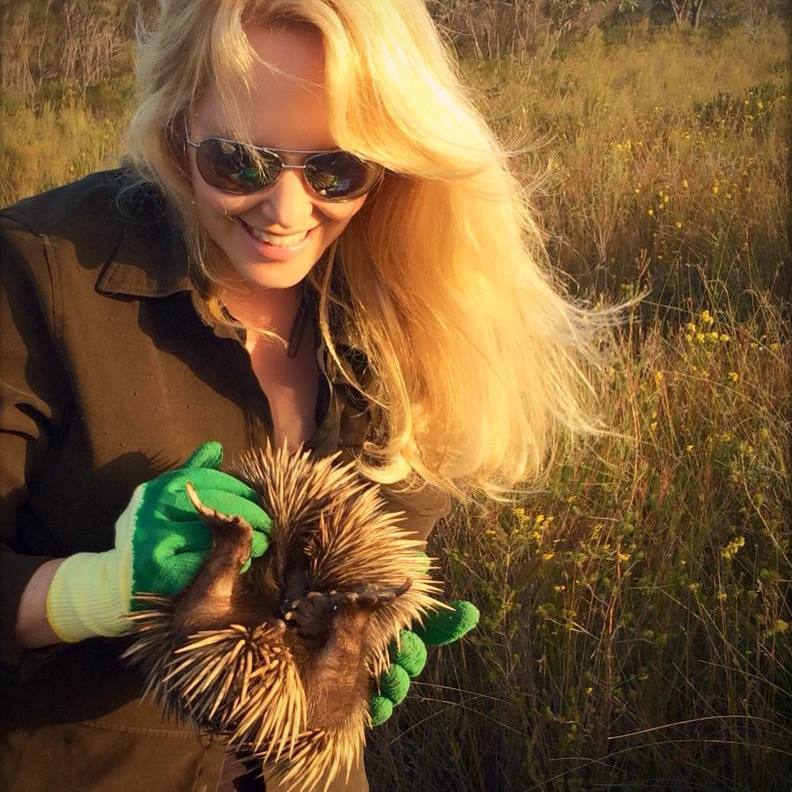
Lynleigh Greig, Sydney Wildlife, with a rescued echidna being returned to its home
 New Shorebird Identification Booklet
New Shorebird Identification Booklet
The Migratory Shorebird Program has just released the third edition of its hugely popular Shorebird Identification Booklet. The team has thoroughly revised and updated this pocket-sized companion for all shorebird counters and interested birders, with lots of useful information on our most common shorebirds, key identification features, sighting distribution maps and short articles on some of BirdLife’s shorebird activities.
The booklet can be downloaded here in PDF file format: http://www.birdlife.org.au/documents/Shorebird_ID_Booklet_V3.pdf
Paper copies can be ordered as well, see http://www.birdlife.org.au/projects/shorebirds-2020/counter-resources for details.
Download BirdLife Australia's children’s education kit to help them learn more about our wading birdlife
Shorebirds are a group of wading birds that can be found feeding on swamps, tidal mudflats, estuaries, beaches and open country. For many people, shorebirds are just those brown birds feeding a long way out on the mud but they are actually a remarkably diverse collection of birds including stilts, sandpipers, snipe, curlews, godwits, plovers and oystercatchers. Each species is superbly adapted to suit its preferred habitat. The Red-necked Stint is as small as a sparrow, with relatively short legs and bill that it pecks food from the surface of the mud with, whereas the Eastern Curlew is over two feet long with a exceptionally long legs and a massively curved beak that it thrusts deep down into the mud to pull out crabs, worms and other creatures hidden below the surface.
Some shorebirds are fairly drab in plumage, especially when they are visiting Australia in their non-breeding season, but when they migrate to their Arctic nesting grounds, they develop a vibrant flush of bright colours to attract a mate. We have 37 types of shorebirds that annually migrate to Australia on some of the most lengthy and arduous journeys in the animal kingdom, but there are also 18 shorebirds that call Australia home all year round.
What all our shorebirds have in common—be they large or small, seasoned traveller or homebody, brightly coloured or in muted tones—is that each species needs adequate safe areas where they can successfully feed and breed.
The National Shorebird Monitoring Program is managed and supported by BirdLife Australia.
This project is supported by Glenelg Hopkins Catchment Management Authority and Hunter Local Land Services through funding from the Australian Government’s National Landcare Program. Funding from Helen Macpherson Smith Trust and Port Phillip Bay Fund is acknowledged.
The National Shorebird Monitoring Program is made possible with the help of over 1,600 volunteers working in coastal and inland habitats all over Australia.
The National Shorebird Monitoring program (started as the Shorebirds 2020 project initiated to re-invigorate monitoring around Australia) is raising awareness of how incredible shorebirds are, and actively engaging the community to participate in gathering information needed to conserve shorebirds.
In the short term, the destruction of tidal ecosystems will need to be stopped, and our program is designed to strengthen the case for protecting these important habitats.
In the long term, there will be a need to mitigate against the likely effects of climate change on a species that travels across the entire range of latitudes where impacts are likely.
The identification and protection of critical areas for shorebirds will need to continue in order to guard against the potential threats associated with habitats in close proximity to nearly half the human population.
Here in Australia, the place where these birds grow up and spend most of their lives, continued monitoring is necessary to inform the best management practice to maintain shorebird populations.
BirdLife Australia believe that we can help secure a brighter future for these remarkable birds by educating stakeholders, gathering information on how and why shorebird populations are changing, and working to grow the community of people who care about shorebirds.
To find out more visit: http://www.birdlife.org.au/projects/shorebirds-2020/shorebirds-2020-program
Pittwater Reserves
Aussie Bread Tags Collection Points

Construction Of The Pacific Highway From Mooney Point To Gosford (1928)
Pittwater Online News has been working on putting together some History pages on the first roads in this area during the past two years. We commenced with Roads TO Pittwater, then the two main roads IN Pittwater and we're now coming to the end of all those associated with housing subdivisions within each Pittwater suburb, especially the Street Names - some of these roads were named to honour those who owned these big plots of acreage, or historical people, or even just family members; a daughter or son, while others were given indigenous names or named for plants that grew where they were.
Ultimately they were all required to be built so that people could access their little block of land and build a home they could get to and from easily.
A few insights on Bayview launches this Issue and two more are to come - Church Point and Western Offshores (not too many there but worth putting them in) and Narrabeen (a big one there as it was the southern 'gateway' to Pittwater from earliest times).
It's very interesting stuff and it's been great tracking down all the old photographs, descriptions of places, families and family stories and looking at how orchards became homes and dirt tracks became sealed roads - especially because you are currently living through and all witnesses to history itself with the upgrades of Mona Vale road - one of those that is a TO Pittwater road and was once called the 'Gordon Road' because it led to Gordon.
There's a Mona Vale Road Upgrade Project Update running this Issue - if you want to have a look.
Visit: Mona Vale Road East Upgrade Project: Construction Update – September 2020
Below runs a video that gives you a few insights into roads constructions; in this case the Pacific Highway which some of you may have travelled on when heading north towards the Central Coast, or south to places like Gordon, Killara and Chatswood.
This video shows the different and similar machines currently being used to build the new Mona Vale road - only they're the old versions of these construction tools. It's not of great quality, but we hope you enjoy seeing how this was done almost 100 years ago.
School Formals To Go Ahead

Over 50 Artists Join Great Southern Nights Music Event
- Blue Mountains
- Central Coast
- Country NSW
- Hunter
- North Coast
- Outback NSW
- South Coast
- Sydney.

Spirit Of Barrenjoey Competition At BHS
''We wanted to encourage students to think about the positives of the Barrenjoey environment, even during the difficult times as a result of COVID-19.''
- First Prize: $200 – Alannah, Year 12, with an artwork consisting of a series of images and text that reflect deeply on Barrenjoey Spirit. It combines the local environment with ideas of what Barrenjoey students struggle with as teenagers, showing that Barrenjoey is a place where this insecurity and hiding parts of ourselves, but also a place of learning, maturing and overcoming adversity to connect with each other and our environment.
- Junior Runner Up Prize: $50 – Stella and Summer, Year 8, for their surfboard artwork and accompanying video that incorporate many elements of Barrenjoey life.
- Senior Runner Up Prize: $50 – The Rions from Year 11, with their song and video ‘The Barrenjoey Sound’.
- Highly Commended Awards go to Riley in Year 7 for his fabulous drawing that brings together a number of ideas about Barrenjoey Spirit, and Cora and Sophia in Year 8 for their video interviewing students and teachers about their views on Barrenjoey Spirit.
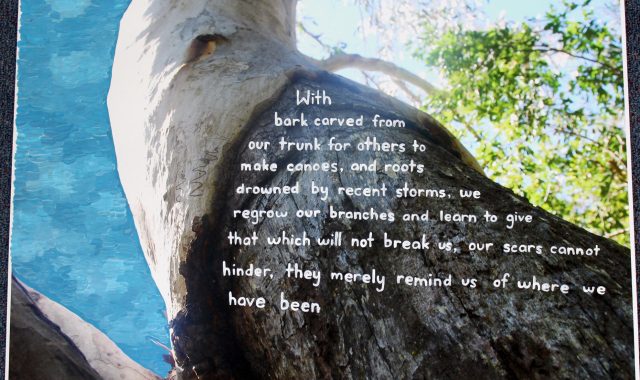
Spirit Of Barrenjoey Competition - Summer And Stella
Spirit Of Barrenjoey Competition - THE BARRENJOEY SOUND The Rions
Spirit Of Barrenjoey Competition- Cora And Sophia
Narrabeen Sports High School News
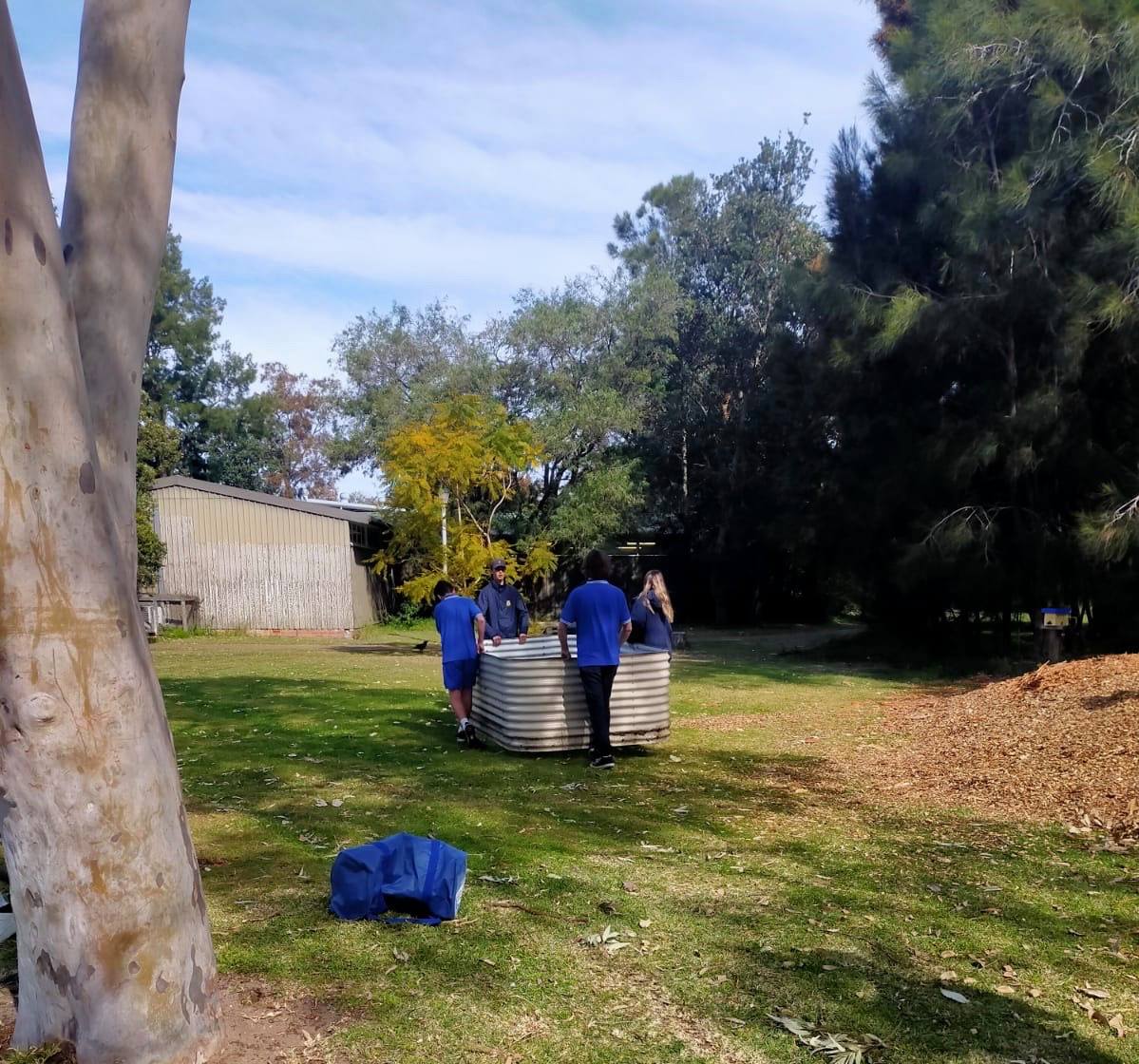
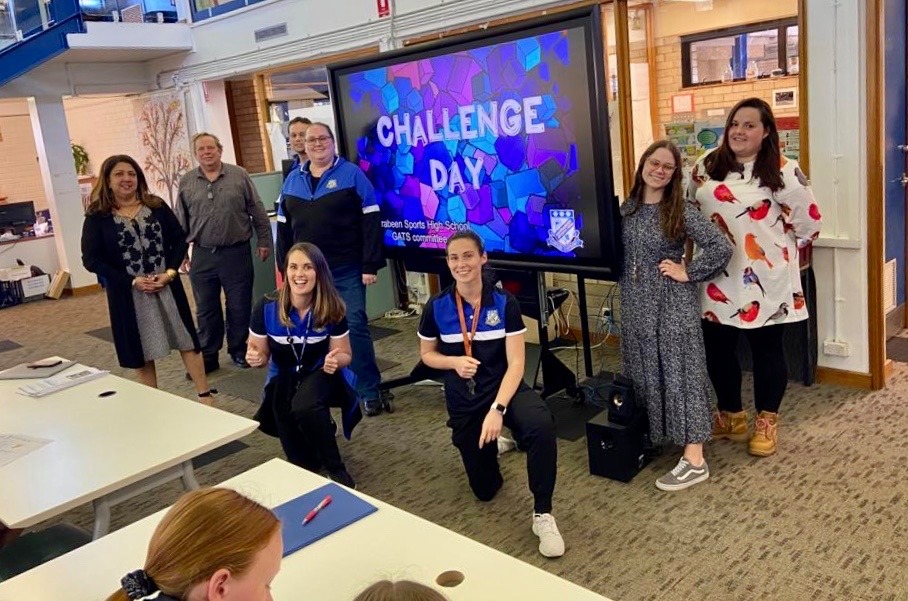
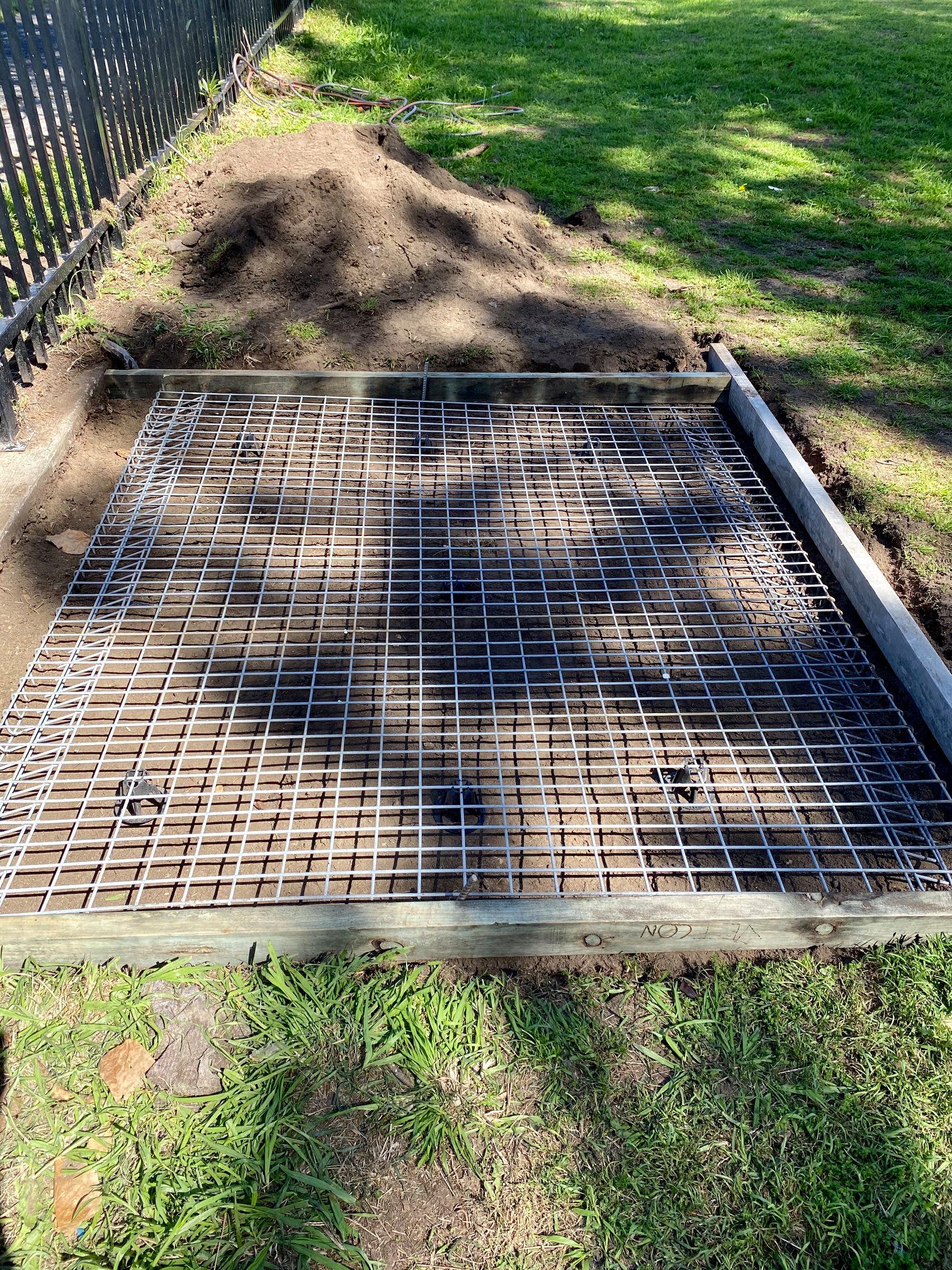
Pittwater High School News



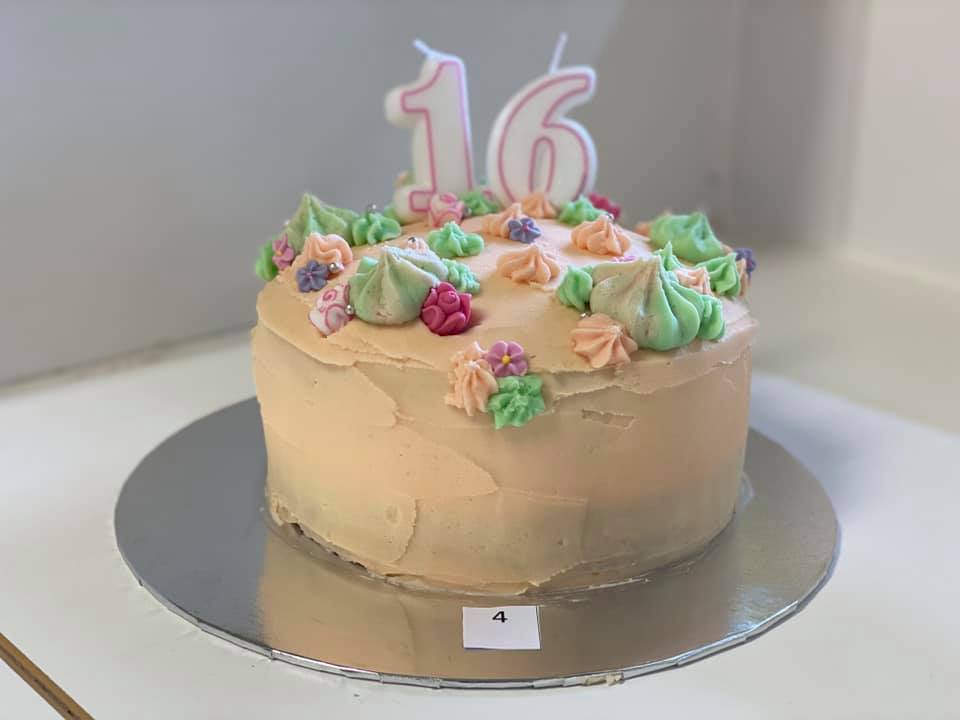










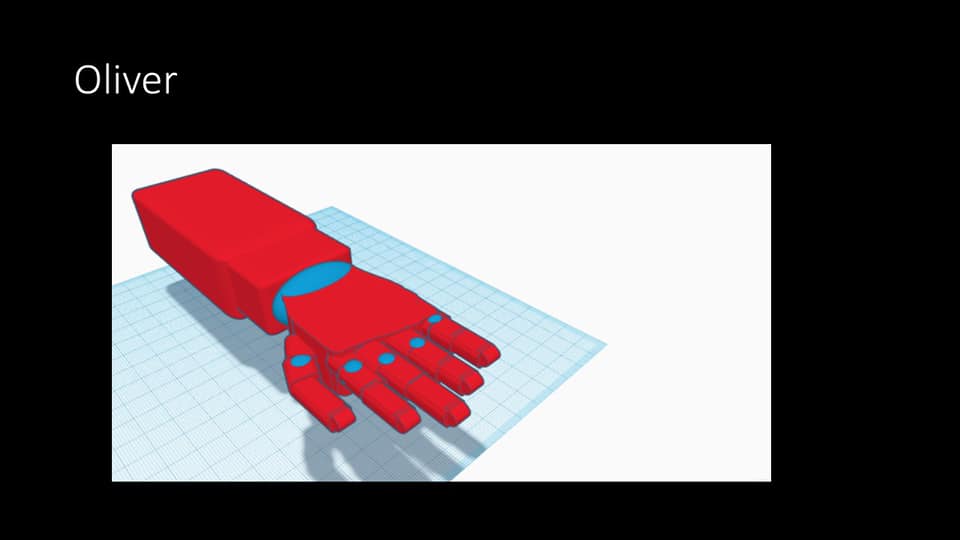
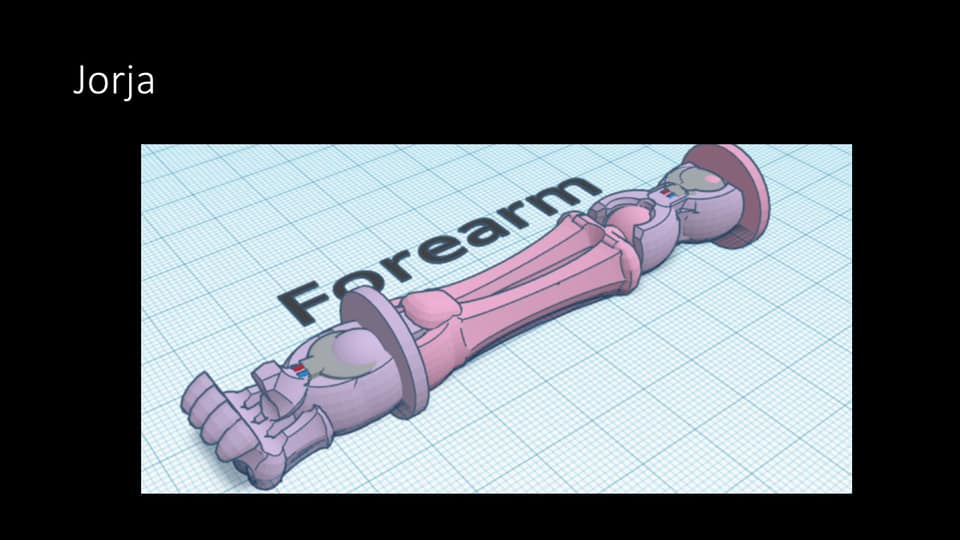
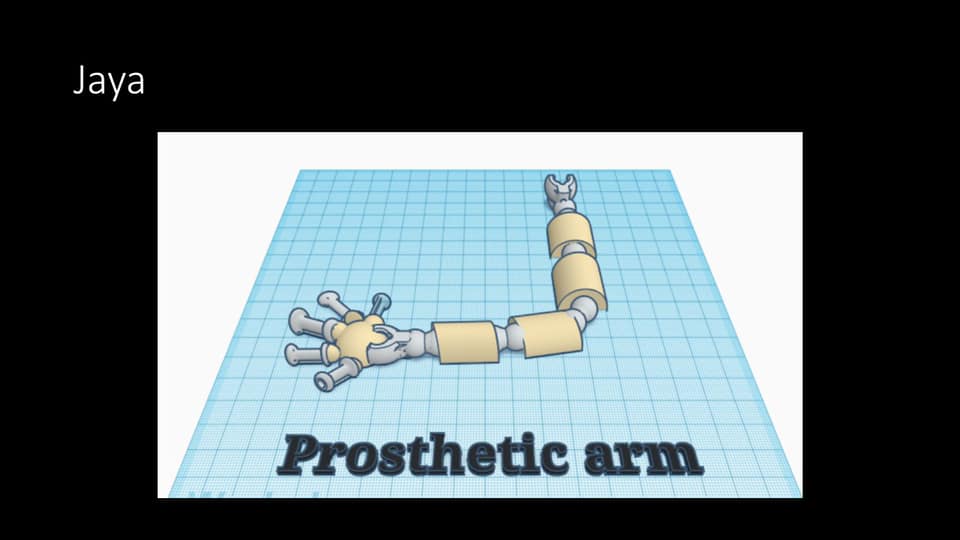
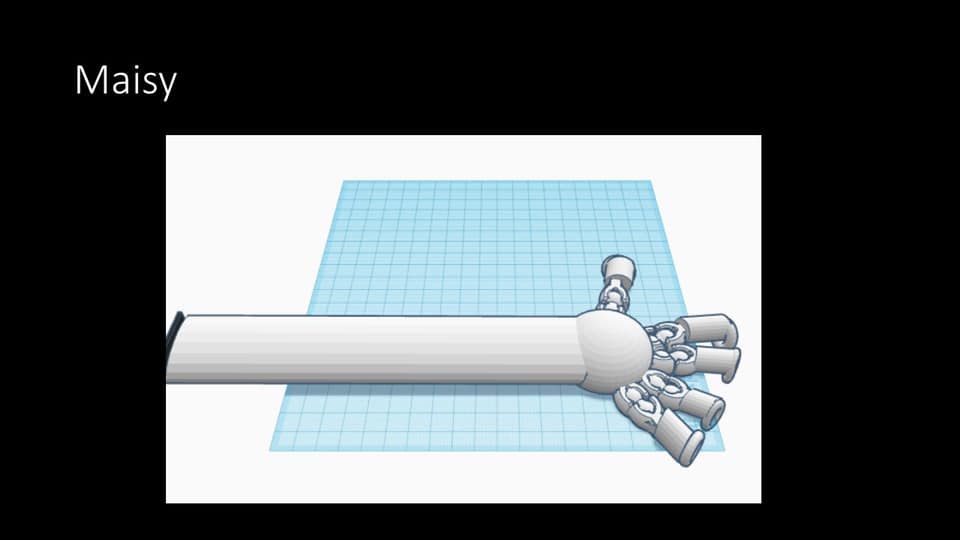
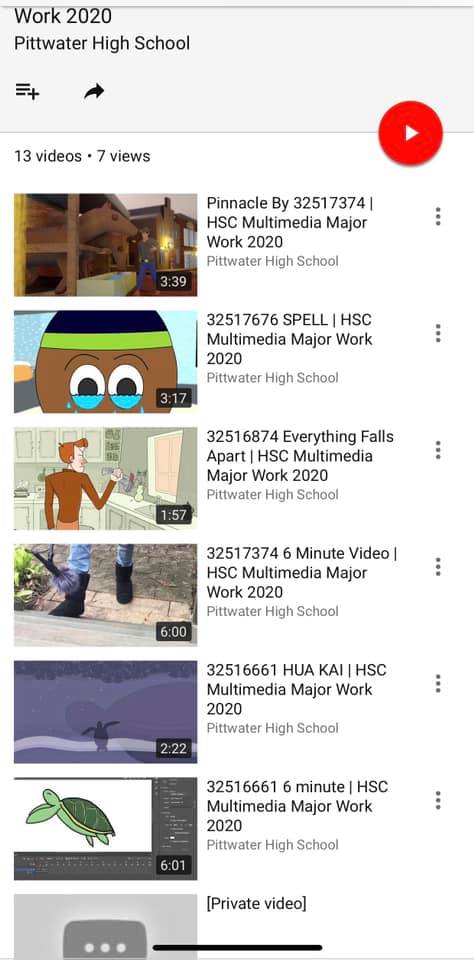
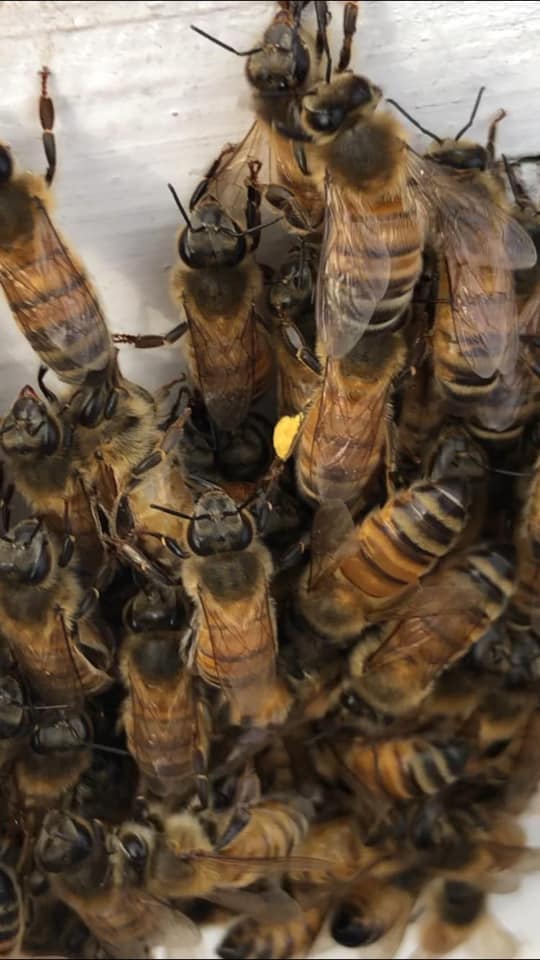
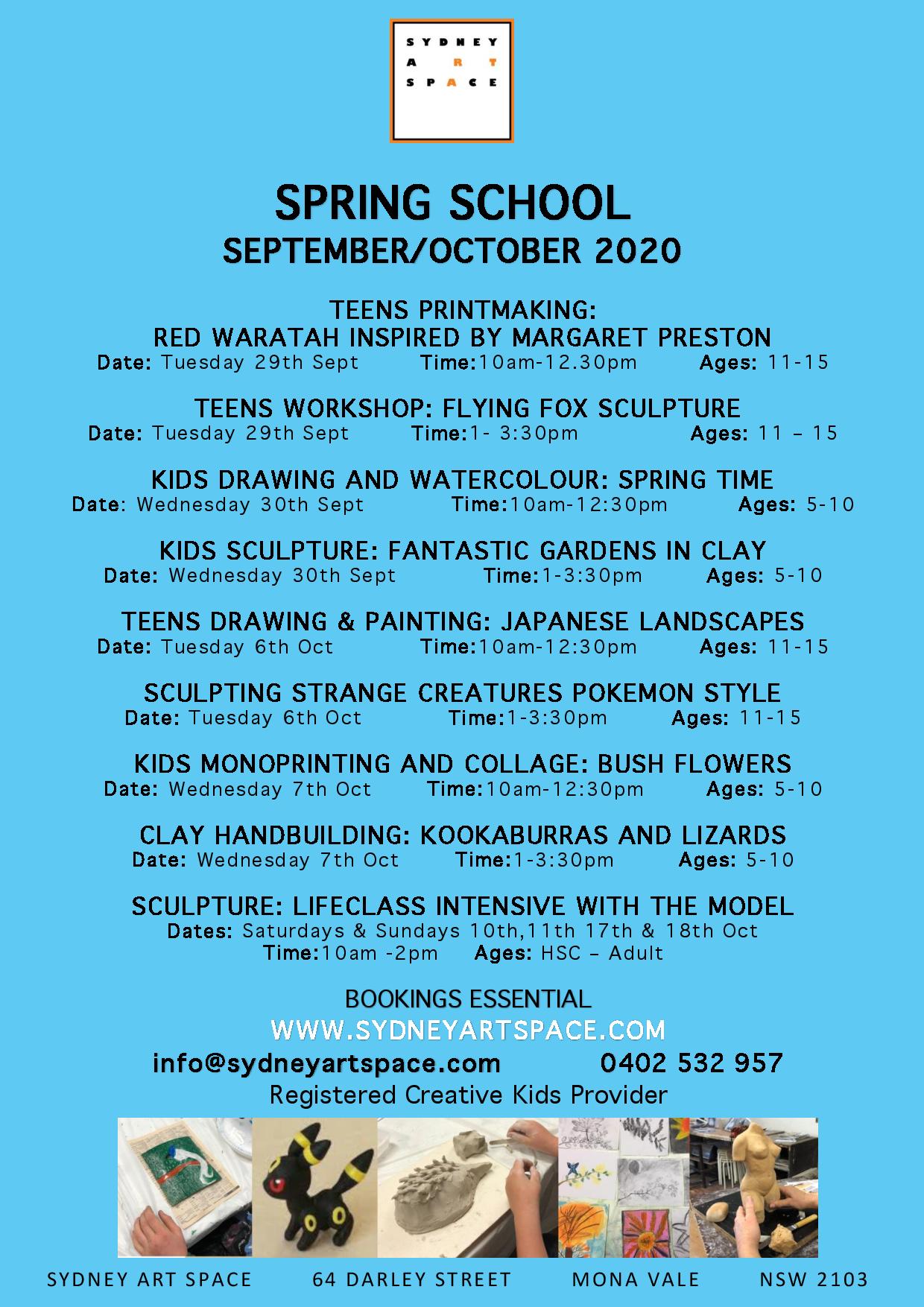
Vegan leather made from mushrooms could mould the future of sustainable fashion
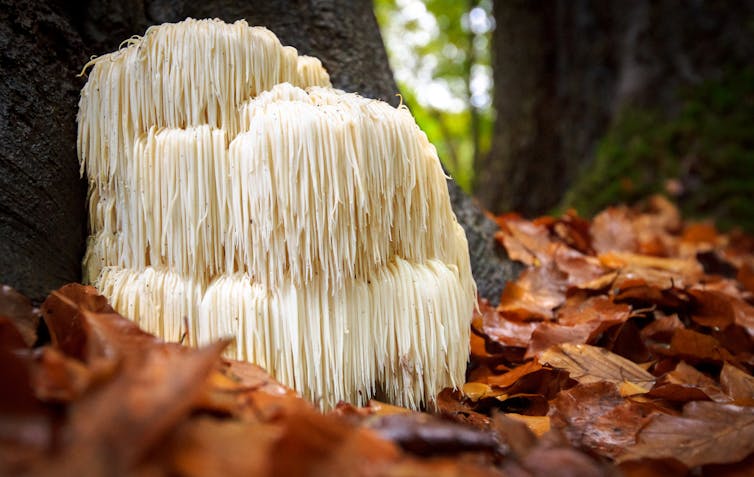
Seven millennia since its invention, leather remains one of the most durable and versatile natural materials. However, some consumers question the ethical ramifications and environmental sustainability of wearing products sourced from animals.
This shift in social standards is the main reason we’re seeing a wave of synthetic substitutes heading for the market.
Leather alternatives produced from synthetic polymers fare better in terms of environmental sustainability and have achieved considerable market share in recent years.
But these materials face the same disposal issues as any synthetic plastic. So, the leather market has begun to look to other innovations. As strange as it might sound, the latest contender is the humble fungus.
Research by my colleagues and I, published today in Nature Sustainability, investigates the history, manufacturing processes, cost, sustainability and material properties of fungus-derived renewable leather substitutes – comparing them to animal and synthetic leathers.
How Unsustainable Is Animal Leather, Actually?
How sustainable leather is depends on how you look at it. As it uses animal skins, typically from cows, leather production is correlated with animal farming. Making it also requires environmentally toxic chemicals.
The livestock sector’s sustainability issues are well known. According to the United Nations Food and Agriculture Organisation, the sector is responsible for about 14% of all greenhouse emissions from human activity. Cattle rearing alone represents about 65% of those emissions.
Still, it’s worth noting the main product of cattle rearing is meat, not leather. Cow hides account for just 5-10% of the market value of a cow and about 7% of the animal’s weight.
There’s also no proven correlation between the demand for red meat and leather. So a reduction in the demand for leather may have no effect on the number of animals slaughtered for meat.
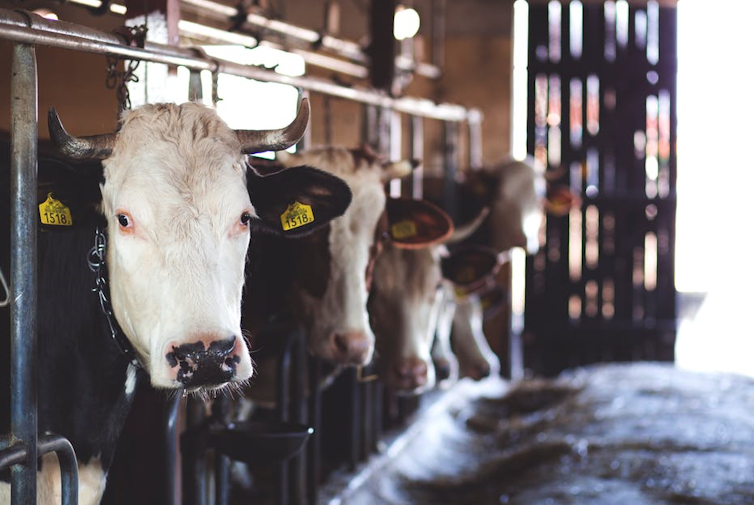
That said, leather tanning is still energy- and resource-intensive and produces a lot of sludge waste during processing.
This gives leather a higher environmental impact than other minimally processed animal products such as blood, heads and organs (which can be sold as meat products or animal feed).
From Spore To Mat
Fungus-derived leather technologies were first patented by US companies MycoWorks and Ecovative Design about five years ago.
These technologies take advantage of the root-like structure of mushrooms, called mycelium, which contains the same polymer found in crab shells.
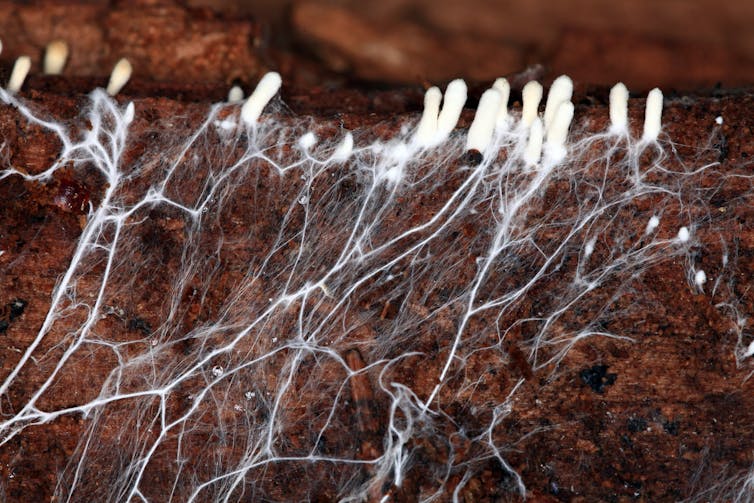
When mushroom roots are grown on sawdust or agricultural waste, they form a thick mat that can then be treated to resemble leather.
Because it’s the roots and not the mushrooms being used, this natural biological process can be carried out anywhere. It does not require light, converts waste into useful materials and stores carbon by accumulating it in the growing fungus.
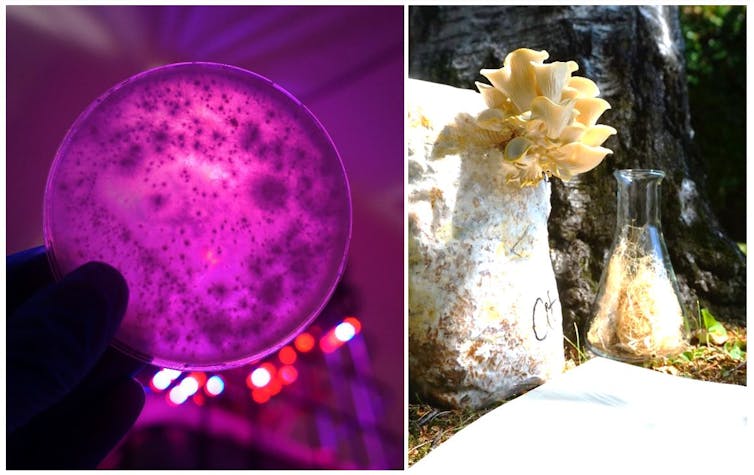
Going from a single spore to a finished “fungi leather” (or “mycelium leather”) product takes a couple of weeks, compared with years required to raise a cow to maturity.
Mild acids, alcohols and dyes are typically used to modify the fungal material, which is then compressed, dried and embossed.
The process is quite simple and can be completed with minimal equipment and resources by artisans. It can also be industrially scaled for mass production. The final product looks and feels like animal leather and has similar durability.

Mushroom For Progress
It’s important to remember despite years of development, this technology is still in its infancy. Traditional leather production has been refined to perfection over thousands of years.
There are bound to be some teething problems when adopting fungal leather. And despite its biodegradability and low-energy manufacturing, this product alone won’t be enough to solve the sustainability crisis.
Read more: Will we soon be growing our own vegan leather at home?
There are wider environmental concerns over animal farming and the proliferation of plastics – both of which are independent of leather production.
Nonetheless, using creativity to harness new technologies can only be a step in the right direction. As the world continues its gradual shift towards sustainable living, perhaps seeing progress in one domain will inspire hope for others.
Will I Be Wearing It Anytime Soon?
Commercial products made with fungi-derived leather are expected to be on sale soon – so the real question is whether it will cost you an arm and a leg.
Prototypes were released last year in the US, Italy and Indonesia, in products including watches, purses, bags and shoes.

And while these fundraiser items were a little pricey – with one designer bag selling for US$500 – manufacturing cost estimates indicate the material could become economically competitive with traditional leather once manufactured on a larger scale.
The signs are promising. MycoWorks raised US$17 million in venture capital last year.
Ultimately, there’s no good reason fungal leather alternatives couldn’t eventually replace animal leather in many consumer products.
So next time you pass the mushrooms at the supermarket, make sure you acquaint yourself. You may be seeing a whole lot more of each other soon.
Read more: Could fungi save the fashion world? ![]()
Mitchell P. Jones, Postdoctoral researcher, Vienna University of Technology
This article is republished from The Conversation under a Creative Commons license. Read the original article.
Bill & Ted Face the Music review: party on, dudes - this film is as sweet and daggy as its predecessors

In a post-credit scene at the end of Bill & Ted Face the Music, the titular couple are old men in a nursing home. Decrepit, they stand up from their beds, pick up their guitars, and, for the first time in the film, the key members of metal band Wyld Stallyns shred with each other.
“That was fun,” says Bill.
“That was good,” agrees Ted.
But shredding is a bit much in a nursing home. “I have to sit down,” says Bill. “Nurse!”
The camera seems to turn back on the series itself in this oddly touching moment. The actors and the film have fondly reflected on the last 90 minutes, but also the 30-odd years between Bill and Ted’s Excellent Adventure (1989) and this latest film.
The old man makeup appears more natural on the two actors than the slacker clothes they’ve been wearing throughout, and we chuckle along with them about the passing of time. It is sentimental, but it’s also sweet.
The moment seems especially poignant for actor Alex Winter, whose career hasn’t exactly been a success since the earlier films. With a faint whiff of melancholy, he seems to gently appraise his return to the big screen, making fun of the fact that he’s a middle aged man revisiting the teenage character that made him momentarily famous.
This scene, more than any other, captures the lyrical and only faintly nostalgic feeling of the film. Bill and Ted are right – it was fun. It was good. Certainly not incisive or critical, and not brilliant. In fact, kind of average, in a relaxed, sleepy way.

But in an era of relentlessly “clever” films and knowing reboots this light touch sets the film apart. Face the Music is as daggy, as goofy and as peculiarly sweet as its predecessors.
Travelling With Time, Back And Forth
The narrative returns to the prophecy introduced in the earlier films: Bill and Ted will write the ultimate song that will unite the world. Now, though, they’re down-at-heel musicians close to the bottom of tanking careers. Their music is going from bad to worse.
Bill and Ted travel forward through time, visiting themselves in the future in order to steal (from themselves) this ultimate song. But the stakes have been raised: they need this song in order to save the very fabric of reality itself.
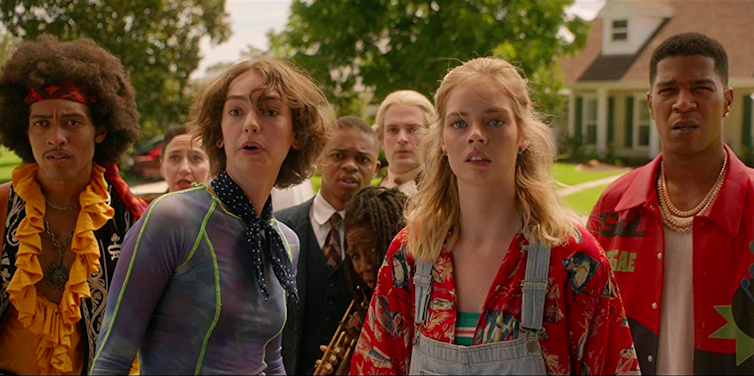
Meanwhile, their daughters Thea (Samara Weaving) and Billie (Brigette Lundy-Paine) travel back through time in order to assemble the ultimate band to perform the song. They pick up Jimi Hendrix (DazMann Still), Louis Armstrong (Jeremiah Craft) and Mozart (Daniel Dorr) before entering ancient history and collecting mythical Chinese flautist Ling Lun (Sharon Gee) and cavewoman percussionist Grom (Patty Anne Miller).
In case this isn’t sufficiently convoluted, the time-travel is coupled with a trip to hell when the entire ensemble (daughters, dads, musicians) are killed by guilt-ridden and inept assassin/robot Dennis Caleb McCoy (Anthony Carrigan).

As in Bill & Ted’s Bogus Journey (1991), they meet the bass-playing grim reaper, Death (beautifully played by William Sadler). Death rejoins the band and helps them escape hell.
If this sounds complicated, it is – to a ludicrous degree. But the whole thing is so inoffensively rendered, with such good-humour, it doesn’t matter.
Be Excellent To Each Other
Keanu Reeves is fine as Ted, though it’s a little unsettling watching the character as a middle aged man. The real pleasure is in Winter’s return to the big screen, recognising just how good he is as an embodied comedic performer, a combination of self-assuredness and light touch.
Unlike other series reboots, Face the Music doesn’t become mired in self-referential moments and its own mythologising. It plays more like a bona fide sequel, made in the same style and spirit as its predecessors, than a reboot.
It is refreshingly earnest, and doesn’t feel like a cynical attempt to recycle material and colonise a new wave of eyeballs.
The film’s strangest element is how it makes us time travel back to the late 1980s. Time has passed, and Face the Music is aware of this, but it nonetheless feels like a film from a different era.
Written by previous Bill & Ted writers, Chris Mattheson and Ed Solomon, Face the Music doesn’t play like a retro film in style or tone. It seems completely contemporary, and yet manages to be perfectly in line with its earlier brethren.
As with the previous two films, the music is its weakest part. Mark Isham’s score is unnoticeable and the band’s ultimate song – the one that is supposed to save time and space, reality itself – is an unappealing melange of pop music clichés and “world” music. It’s awful.
But perhaps the film is aware of this. After all, there is an early sequence highlighting the protagonists’ musical ineptitude in which Ted plays the theremin and Bill growls in death metal vocals.
In any case, it’s not much of a criticism. For a film that was destined to do so much wrong, this does a surprising amount right. Time travel as a scientific phenomenon may not exist, but Face the Music proves that time travel, as affect, certainly does.
Bill & Ted Face the Music is in cinemas from today.![]()
Ari Mattes, Lecturer in Communications and Media, University of Notre Dame Australia
This article is republished from The Conversation under a Creative Commons license. Read the original article.
Up To $1.5 Million Is Available For New Youth Opportunities Projects To Commence In 2021
“Great White Sighting In Pittwater”: Art By Sea
(about: Art by Sea celebrates our natural environment with sustainable art by locals). Take a stroll along the pathway from Bayview to Church Point and cast your gaze further afield.
Visit: https://www.instagram.com/artbyseaau - more soon!
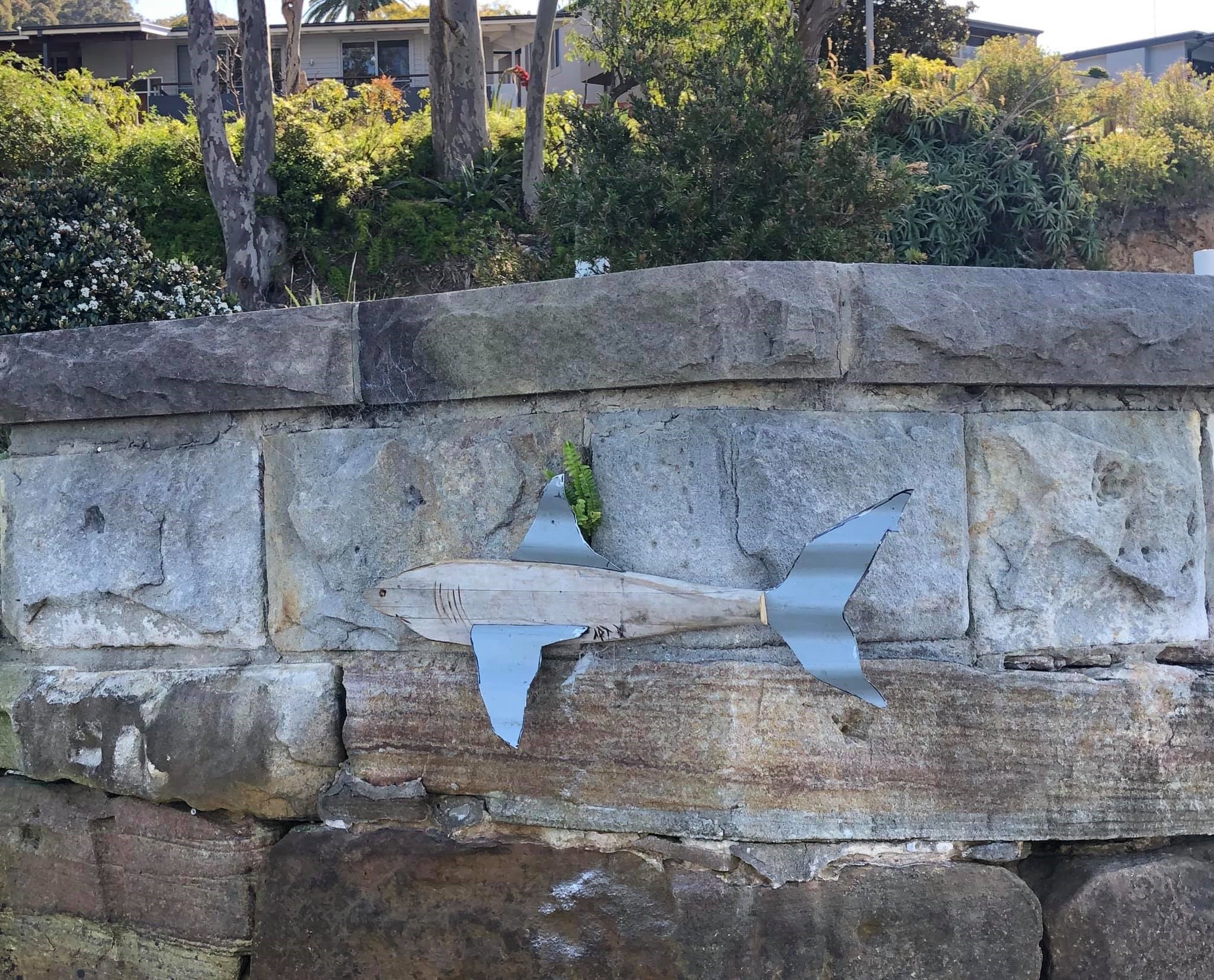
Students To Help Shape Future Of Education
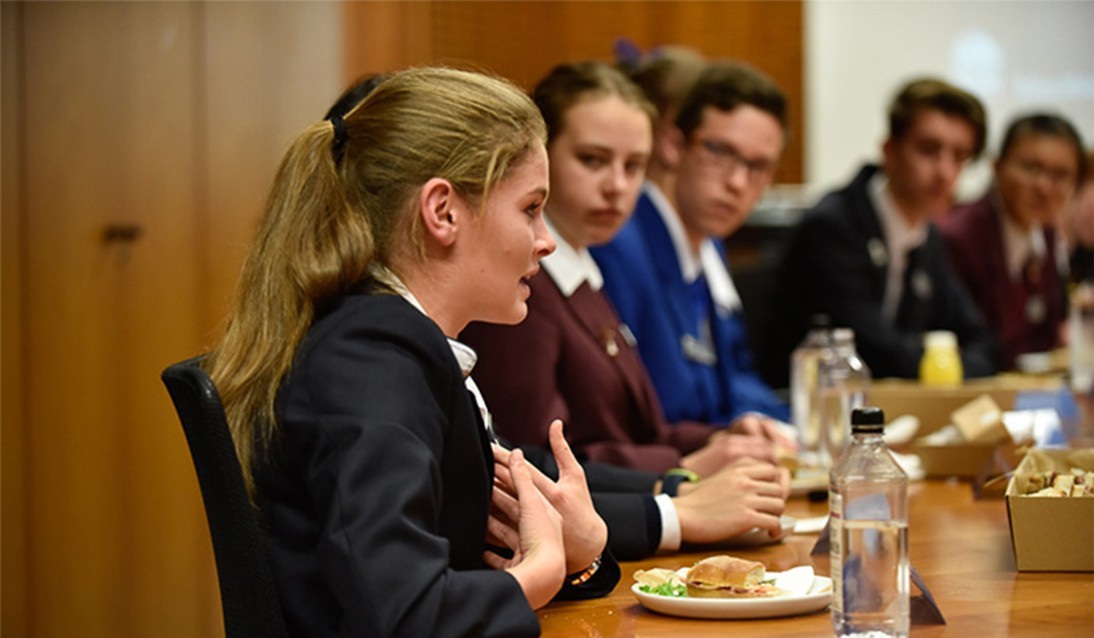
Opportunity: Students Encouraged To Apply For Award In Fisheries Conservation Research
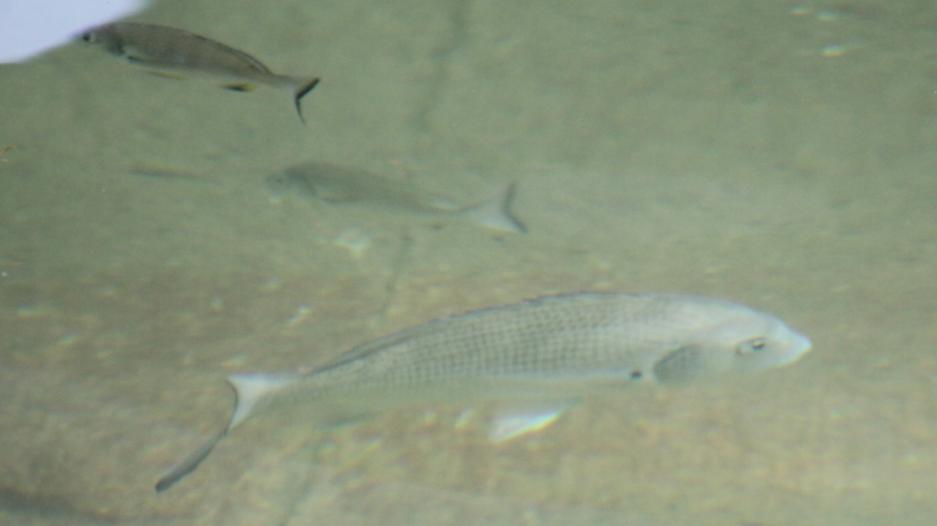
Year 11 And HSC
- say you are a HSC student when taking a test
- ensure the nurse or doctor doing the test marks your referral 'urgent — HSC'
- self-isolate until a negative result is received
- show your school the negative result
- call the contact number provided by the clinic if results are not received within 36 hours.
- Allowing principals to decide on the number, type and weighting of school-based assessments for the HSC and Year 11 school-based assessment. NESA’s principles of assessment continue to apply. The deadline for schools to submit HSC assessment results and other marks is 23 September.
- Increasing the number of times Year 12 students yet to meet the HSC minimum standard can sit the minimum standard online tests.
- Cancelling the requirement for NESA mandated VET work placements.
- Dance - Callback
- Drama - OnSTAGE
- Music - ENCORE
- Visual Arts - ARTEXPRESS
- Technologies - Shape, InTech and TexStyle.
Western Sydney University Offering Free Online HSC Study Sessions
- Content analysis (including workbook)
- Tips and strategies across all modules/topics
- Detailed exploration of key syllabus areas
- Sample 2-hour practice exam
- Interactive webinar with a detailed analysis of each question, including provisions of annotations and exemplar responses/solutions
- Advanced English
- Biology
- Business Studies
- Chemistry
- Family and Community Studies
- Geography
- Mathematics Standard 2
- Legal Studies
- Modern History
- 2 Unit Advanced Mathematics
- Physics
- PDHPE
- Standard English
- Attend online sessions on subject syllabus and curriculm that you want to review
- Find out about HSC exam tips that will help you with your studies
- Practice on exam papers with experienced HSC markers
‘Help Harvest NSW' Launched To Help Secure Ag Workers To Bumper Harvest
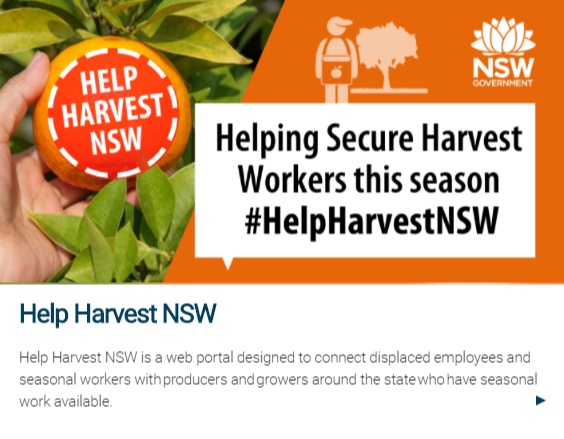 Farmers will be able to capitalise on what is predicted to be the best harvest in many years, with the launch today of a new one-stop resource which will help the agriculture industry overcome a COVID-induced labour shortage and get unemployed Australians into critical work.
Farmers will be able to capitalise on what is predicted to be the best harvest in many years, with the launch today of a new one-stop resource which will help the agriculture industry overcome a COVID-induced labour shortage and get unemployed Australians into critical work.Book Of The Month September 2020: Conrad Martens : The Man And His Art
by Sir Lionel Lindsay(1874-1961). Publication date 1920. Published by Angus & Robertson, Sydney.
Stay Healthy During The HSC
In any ‘normal’ year the HSC requires dedication and focus as well as the support of friends and family.
This year hasn’t exactly panned out to be a ‘normal’ year, with announcements about changes to the HSC due to COVID-19.
Despite all the goings-on, students across NSW are continuing to study for their HSC with focus and determination, and we at NESA are here to help.
This year we are partnering with mental health organisation ReachOut to deliver news, information, guidance and advice to support all HSC students.
You’ll hear from experts, teachers, parents and other students as well as some inspiring spokespeople. This year we are planning to lighten your mental load with practical tips and tricks for staying active, connected and in charge of your wellbeing.
ReachOut’s Study Hub has heaps of info about taking a proactive approach to your mental health or where to go if you need more support. ReachOut’s Forums are great for sharing what’s going on for you and get ideas about the best ways to feel happy and well.
So follow and use #StayHealthyHSC for regular health and wellbeing updates and information.
View our range of social media images, posters and flyer to help you get involved and share the Stay Healthy HSC message with your community.

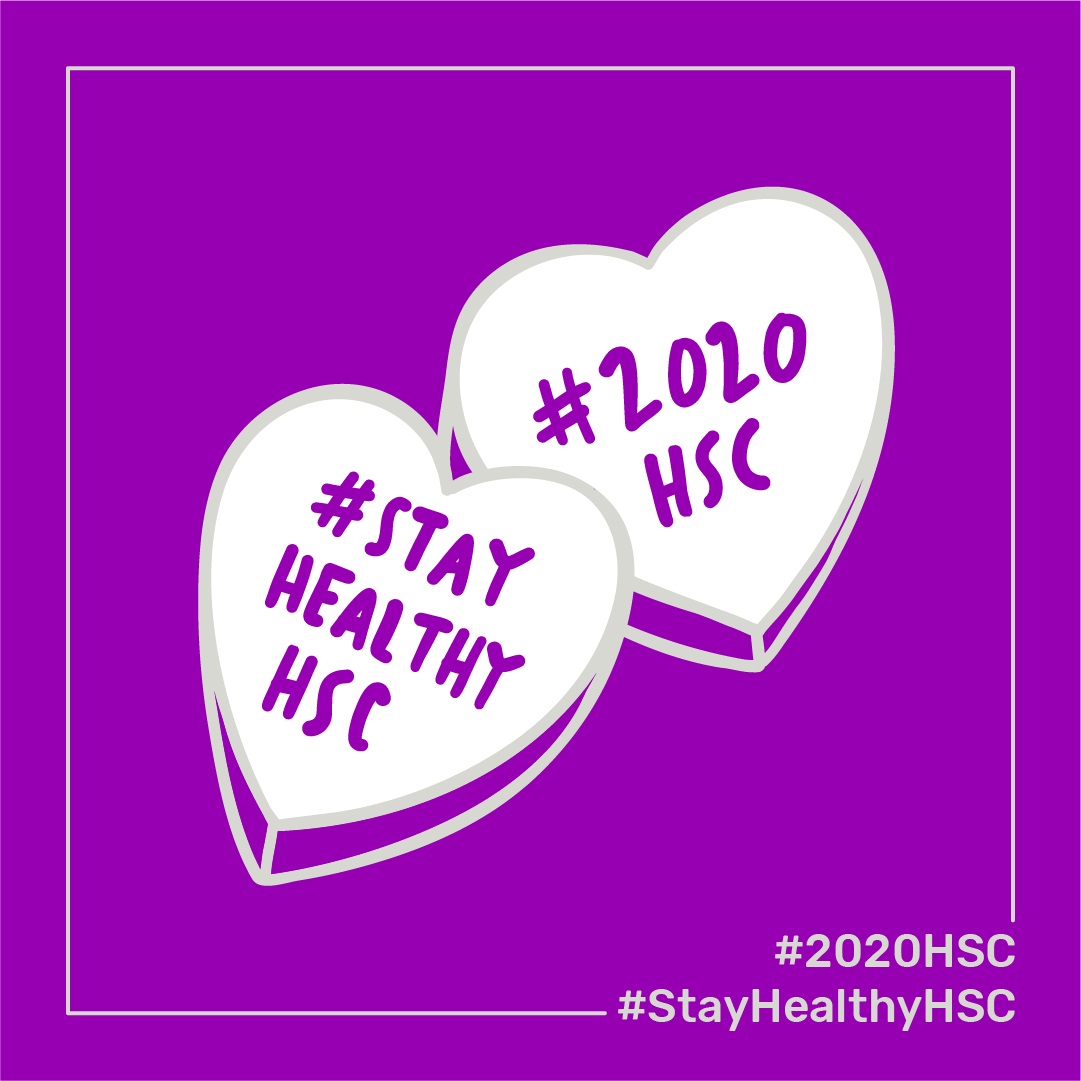
New Glove-Like Device Mimics Sense Of Touch

Australian Telescope Finds No Signs Of Alien Technology In 10 Million Star Systems
%20radio%20telescope%20in%20Mid%20West%20Western%20Australia.%20Credit%20Dragonfly%20Media..jpeg?timestamp=1599803974530)
Over A Century Later The Mystery Of The Alfred Wallace's Butterfly Is Solved
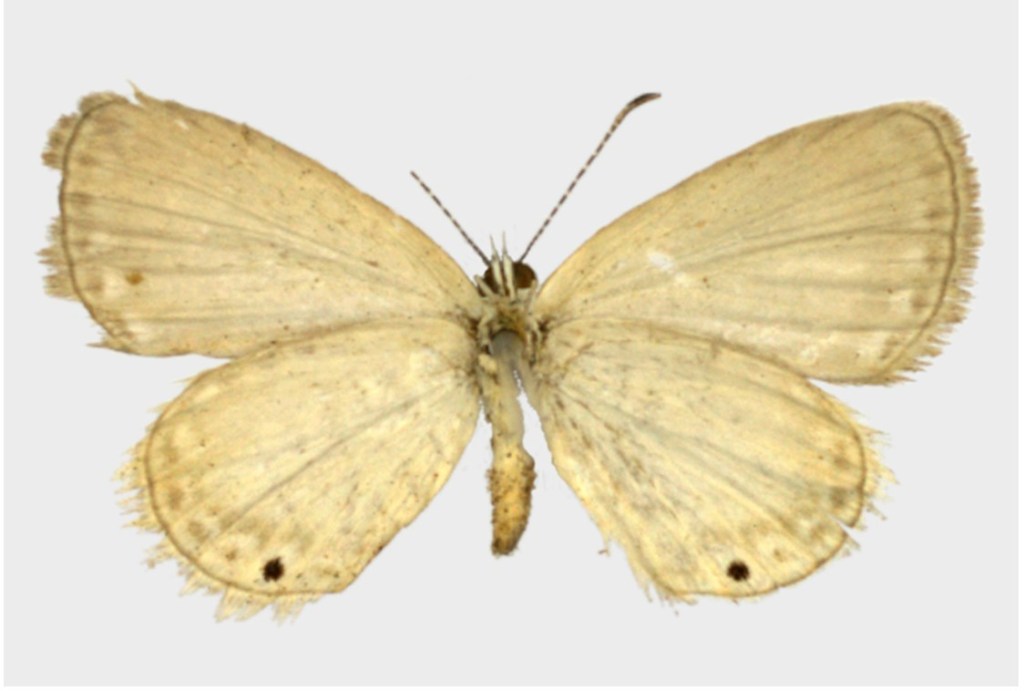
Analysis Of Australian Labradoodle Genome Reveals An Emphasis On The 'Oodle'

Putting A Future Avocado 'Apocalypse' On Ice
Disclaimer: These articles are not intended to provide medical advice, diagnosis or treatment. Views expressed here do not necessarily reflect those of Pittwater Online News or its staff.